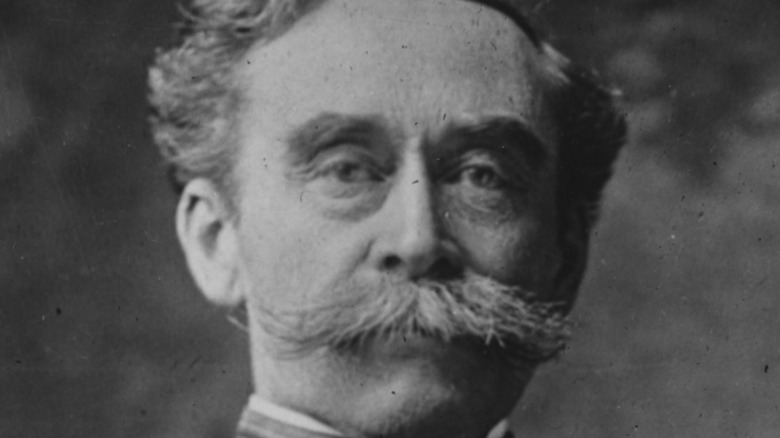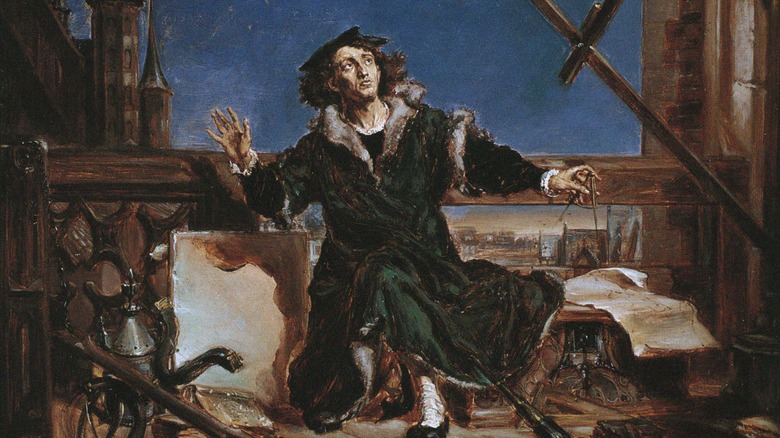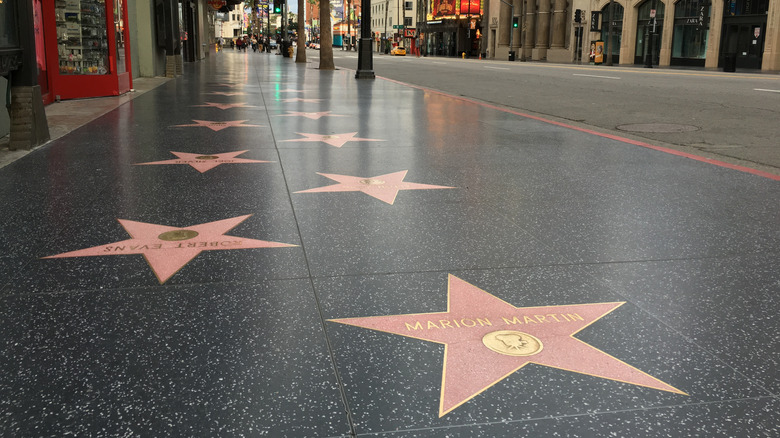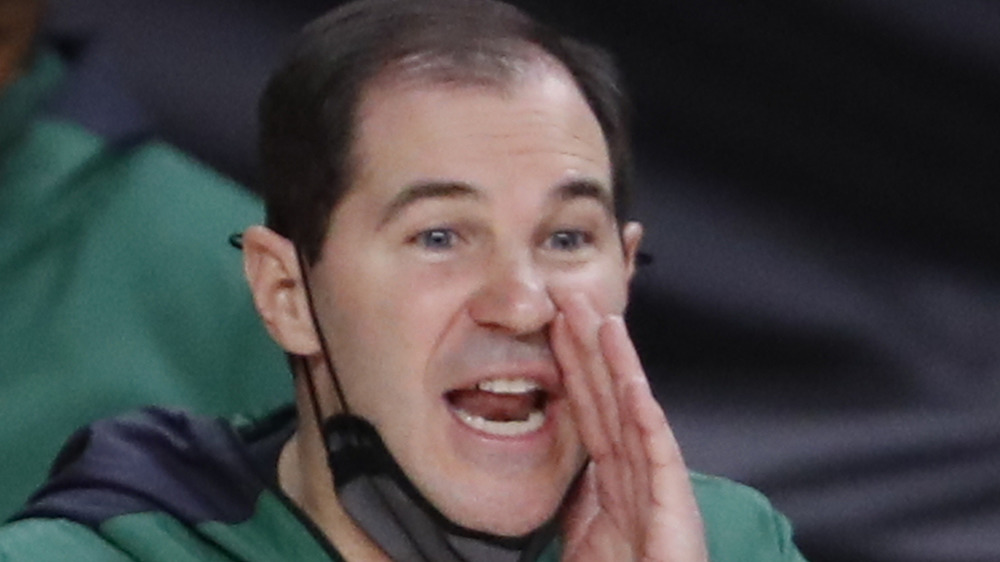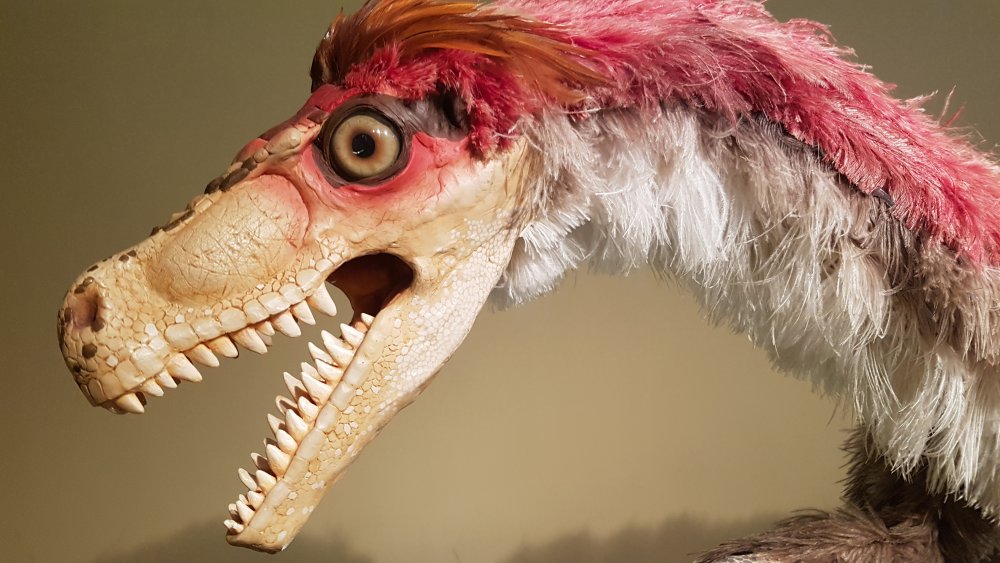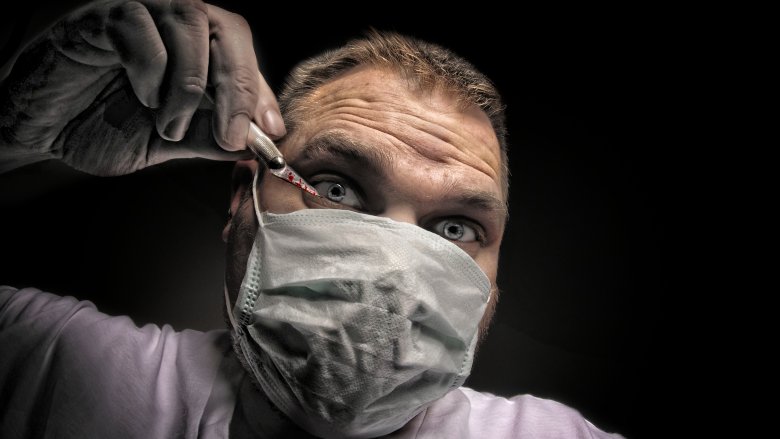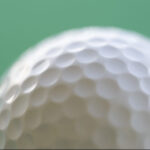
Everyday Things That Have Hidden Uses
With new inventions being introduced every single day, it’s easy to get carried away or overwhelmed. These could be everyday objects that we’ve had in our homes for years. We usually don’t question why something is the way it is. Well, get ready, because we’re about to expose you to all the things you didn’t know about the everyday objects you have laying around the house.
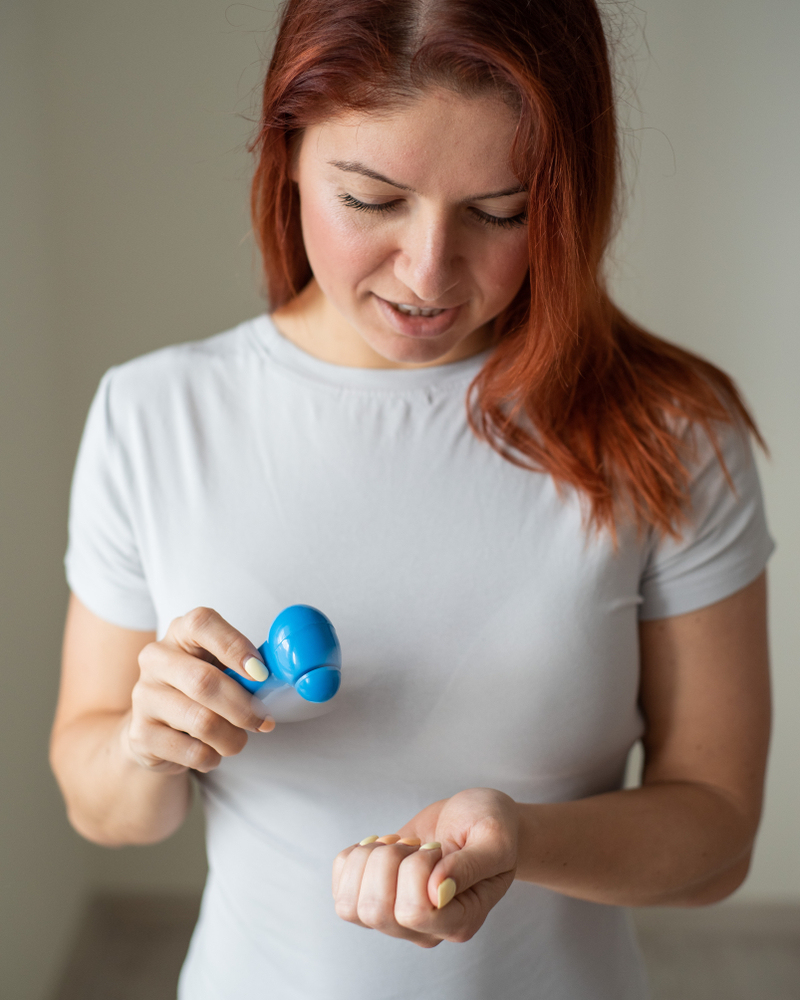
You might be pretty surprised to learn that you didn’t know these things before, considering that many of these objects are ones you have been using for quite a long time. After going through this list, you will come to understand different hidden purposes behind so many items that we all use on a daily basis. So let’s get started, shall we?
Colored Squares On Toothpaste
Have you ever noticed that toothpaste tubes have a little colored block toward the bottom? This block may be blue, red, green, or black. If you think that this is there for the looks, you are wrong. And if you think that this tells you something about the product inside, you are also wrong.

These “eye marks” (a.k.a colored blocks) are read by light beam sensors during manufacturing and they tell the machines on the assembly line where to cut and fold the packaging. Without these marks, toothpaste would be connected to one another, making it rather difficult to put any toothpaste onto your toothbrush.
Arrow On Gas Gauge
Next to the gas gauge of most cars that have been manufactured since 2010, there’s an arrow that either points to the left or to the right. This arrow indicates to the driver which side of the car the gas tank is on. If it’s pointing to the left, that means that the gas tank is on the left-hand side of the vehicle. And the same is true of the right arrow and right side of the car.
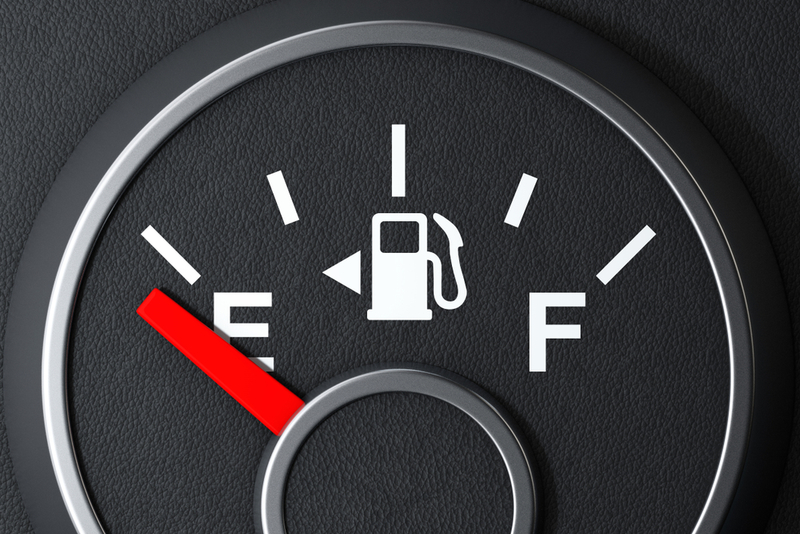
Most people don’t need a reminder because they get used to filling their car up and instinctively know which side of the car to pull up to the gas pump. But if you ever have to drive a new car, such as a rental car, you can avoid the hassle of pulling up to the wrong side of the gas pump by paying attention to which way the arrow is facing.
Loop In Back Of Shirt
You’ve probably noticed that some men’s shirts come with loops in the back of them. If you’re wondering what in the world that mysterious loop is doing there, we’re going to let you in on an interesting fact. It was the Navy who first added this feature to the backs of men’s shirts. When the men were out at sea, there wasn’t much closet space. In order to save on space, sailors had loops on their shirts so that they could hang them up on hooks.
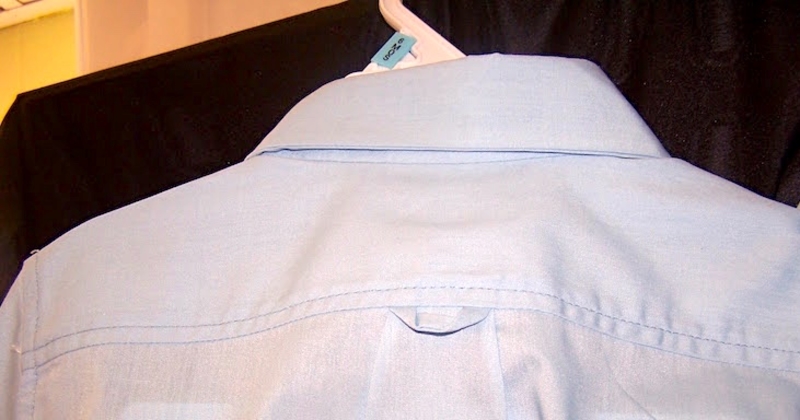
In the 1960s, the fad spread among popular among college students who used the loops while at the gym. They hung up their shirt on loops while working out in order to keep them pristine and wrinkle-free. Seeing an opportunity for profit, the Gant company started adding loops to the backs of their shirts in order to attract their Ivy League consumers. The loop became somewhat of a status symbol.
Metal At End Of Measuring Tape
Most people experience that point in time where a family member or an annoying roommate calls them over to hold the end of a measuring tape. Have you ever noticed the small piece of metal at the end of the measuring tape (technically the beginning)? Most likely you have, but you haven’t asked yourself what purpose it serves. There are actually several reasons for why the metal is there.
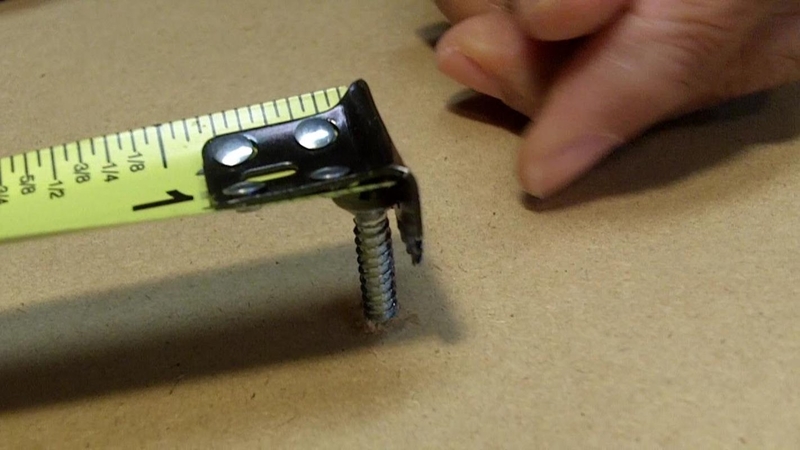
To begin with, there’s a little slot that can be placed around a nail to help hold the measuring tape in place in case somebody isn’t around to hold the other end. Cough cough, roommate. You may have also noticed that the edge of the measuring tape is a bit serrated. The reason for this is so that it’s easy to mark a wall or other surface in case you forgot that you put a pencil behind your ear to mark your measurement.
Dip In Wine Bottle
Most likely you have noticed that wine bottles come with a dip at the bottom. Have you ever asked yourself what exactly the reason is for this? Well, to begin with, the dip, which is actually called a punt or a kick-up, prevents the bottle from falling over. You know when you have a picnic at the beach or outdoors and often times the plates of food fly over and there’s a storm of napkins erupting in the air? And then all that strong wind comes trying to knock your bottle over.

Well, the punt says “I don’t think so mister.” The punt also exists in order to make the bottle stronger to hold up against higher pressure if there’s champagne or sparkling wine inside. Finally, the punt makes it easier to distribute steam during the cleaning process before the wine is poured in. So you can rest assured knowing that the wine you’re receiving is crystal clear. Although wine bottles are stronger nowadays, they are still manufactured with this indentation in the bottom to keep with the tradition.
Holes In Airplane Windows
Raise your hand if you freaked out a little the first time you sat in the window seat of an airplane and noticed a tiny hole in the window. We say this not to expose you, but rather to expose the purpose of that hole. Seeing a tiny hold in the window of an airplane when you’re that high up in the air can be absolutely frightening. If you are a frequent flyer, then you can stay calm. This hole doesn’t allude to the fact that the window of your seat is about to explode mid-flight. First of all, the hole is called the breather hole.

If you’ve ever wondered how you’re able to breathe in an airplane when it’s so high up in the air, well the breather hole plays a part here. When an airplane climbs, air pressure drops outside. Thanks to plane manufacturers, the cabin remains at a safe and comfortable level. If it didn’t, we wouldn’t be able to fly. The breather makes it possible for the two outer panels of the aircraft to manage with the pressure difference.
Holes In Padlock
There are several reasons for using a padlock, and there’s a good chance that your life has required you to use one at one point or another. Have you noticed that there’s a tiny hole at the bottom of the padlock? These holes, as you should have already guessed, serve a purpose. First of all, the holes are there to drain water which has entered the lock. If this wasn’t possible and the water couldn’t drain out, then it could end up freezing and the lock would be prone to some serious damage.
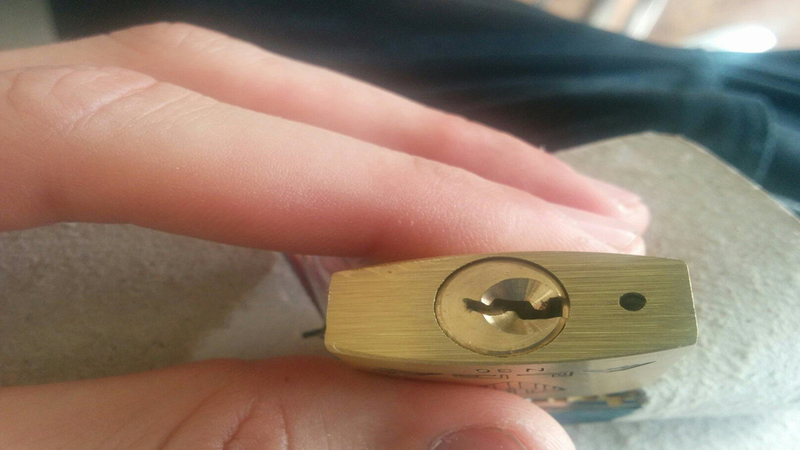
A second purpose for these holes is to allow you to pour oil or WD-40 in the lock in case it gets jammed and won’t open up, which would make the item useless. So, if that treasure chest you dug up as a child has been jammed for years, you now know how to open it and get your hands on the treasure! But, we do deserve a cut of some of that gold.
Hole Next To iPhone Camera
If you use an iPhone then you may have noticed a little hole right next to the camera lens. If you’re like most of us, then you most likely didn’t pay it much attention as you probably use the selfie cam more anyways. Well, in any event, that tiny hole is not a second secret camera that helps Facebook and the NSA spy on you. It’s actually a microphone.
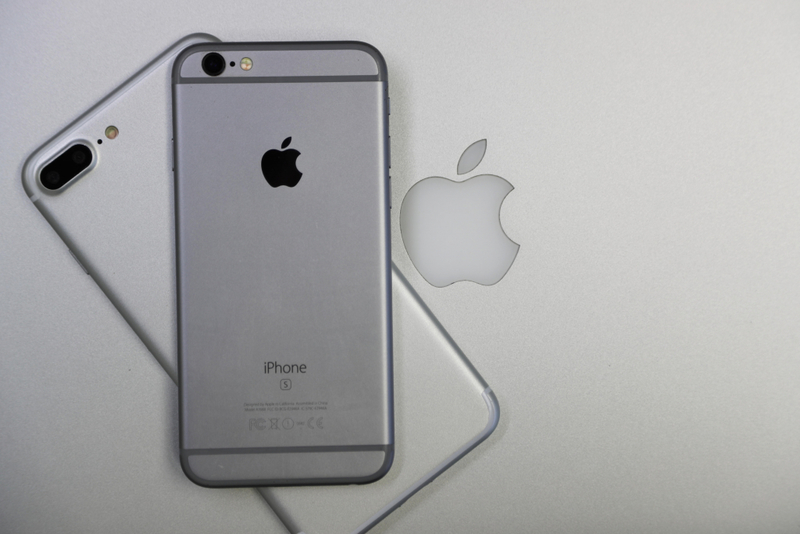
Since the iPhone 5 was released, all iPhones include three microphones. One is right under the speaker grill, one is on the bottom edge of the phone, and the third one is right next to the camera lens. Because of the inclusion of three microphones, it’s easy to pick up sounds no matter how you choose to hold your phone.
Keyboard Bumps
Take a glance at any computer keyboard. Go ahead, we’ll wait for you. Do you notice two little bumps on the F and J keys? If you have ever taken a computer class, then you may have learned the reason for why these bumps exist. But, if you’re like the rest of us, you most likely don’t have a clue. Well, the tiny bumps are there so that you can find your way on the keyboard while staring at the screen.
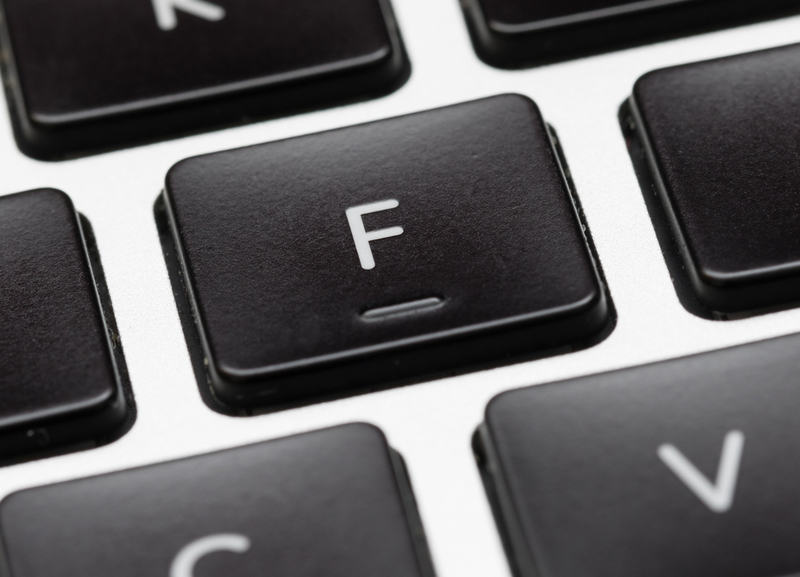
If you are typing with both hands, they will be aligned so that your left pointer finger is on F and your right pointer finger is on J. This allows you to keep your eyes on the screen while your fingers are typing away, knowing that your hands are in the correct positions.
Black Grating In Microwave
You’ve most likely noticed that a microwave comes with a type of black grating on its door. This grating is called a Faraday shield and it serves an important purpose. The shield prevents electromagnetic fields from exiting the microwave and causing harm to people hanging around the microwave who are waiting for their meal to heat up.
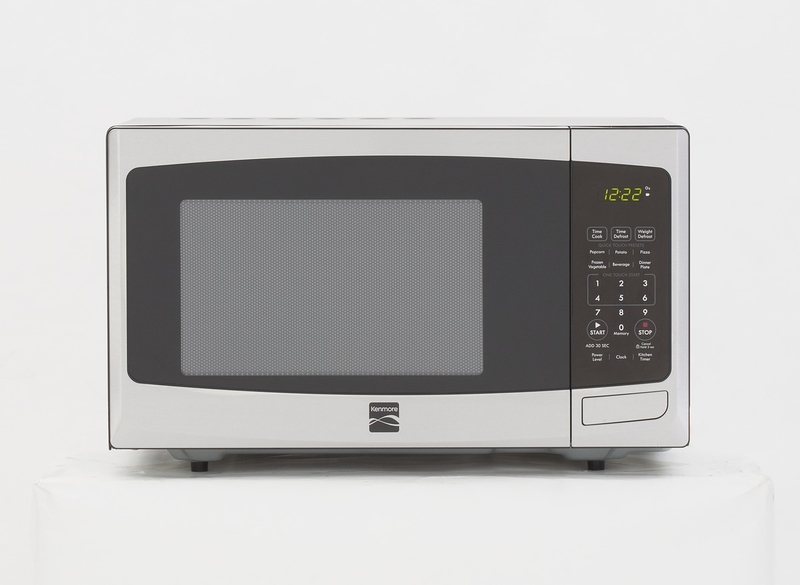
You should be thankful that the shield was there for you that time at 3 am when you were drunk, staring into the microwave waiting for your pizza to warm up. Without the shield, you would be in harm’s way and the microwave wouldn’t be so effective at cooking your food. It does make you wonder, though, what exactly is happening to that food of ours inside of the microwave if it needs protection from electromagnetic fields?
Flat Takeout Boxes
Who doesn’t love ordering some greasy Chinese takeout while binge-watching Netflix? We sure do. But, if you’re like most people, then chances are you’ve been eating your Chinese food wrong all these years. We’re talking about how you eat from the takeout boxes. Although there’s something satisfying in eating straight out of the container, you shouldn’t be doing this unless you’re post breakup.

The boxes are flat for a reason. This is because they are meant to be their own plate and you don’t even have to remove the food from the container in order to convert it! Just carefully pull the sides apart and set it flat on the table. If you maneuvered it slowly and carefully enough, then your meal should now be sitting on a flat and convenient surface. So no need to dirty up the dishes!
Lines Of Red Solo Cup
We’ve all drank out of red solo cups too many times than we’re willing to admit. We’re not here to shame, we’re just here to tell you something that your freshman year intoxicated self would have benefited from knowing. Did you ever notice that red solo cups come with horizontal lines inside of them? Well, those lines actually serve a purpose.
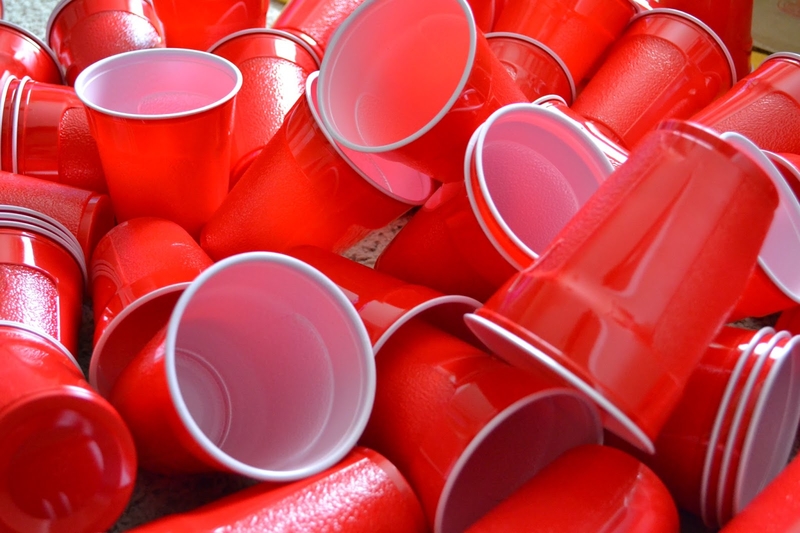
The lines tell you how much liquid is in the cup. So, the first line at the bottom of the cup equates to one ounce or one shot of hard alcohol. The next line up is five ounces, which is the perfect amount for a glass of one. The line at the top equals 12 ounces, which is the size of one beer. So, when you fill your cup halfway to the top with hard alcohol, that was a few ounces too many. It seems like the red solo cup was on your side all along and you didn’t even know it.
Extra Holes In Sneakers
Unless you’ve been having your shoes tied for you since the time you were born (that’s another issue that we won’t address here) then you have most definitely noticed the extra hole at the top of your shoes which aren’t being used by the laces. Have you ever questioned why they’re there? The extra holes are there in the case that people get blisters on their feet and need to move their feet around inside of their shoe.
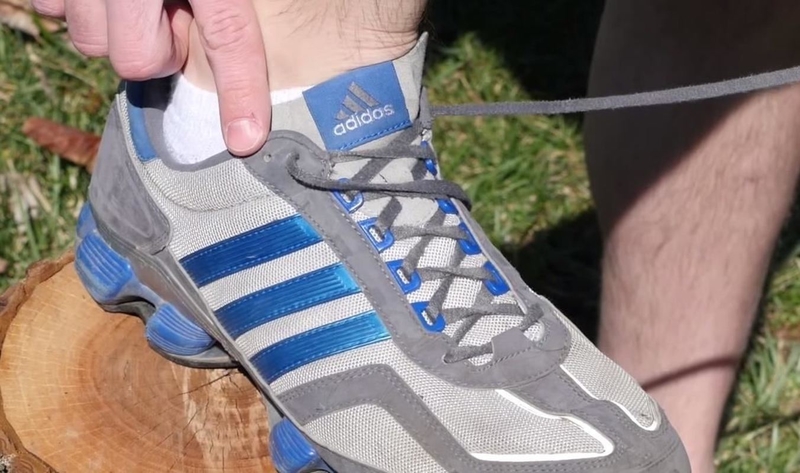
They can place their shoelaces in the extra holes but in the opposite direction. This creates a loop on each side, thus allowing you to cross your laces inside each loop. Then you can pull down on the laces to create a much tighter lock before tying your laces normally. This maneuver is called the “lace lock” or “heel lock” and it helps make sure that your shoes remain tight to your feet.
Tab On Rearview Mirror
You’ve most likely noticed that the rearview mirror in your car includes a tab at the bottom of it. Even if you know that this black tab is there, this doesn’t mean you know its purpose. Well, its purpose is to help you not die. It wasn’t until I was well into my 20s that I finally discovered the purpose behind this. The black little tab allows you to change the position of the mirror so that you can control the glare of lights behind you.
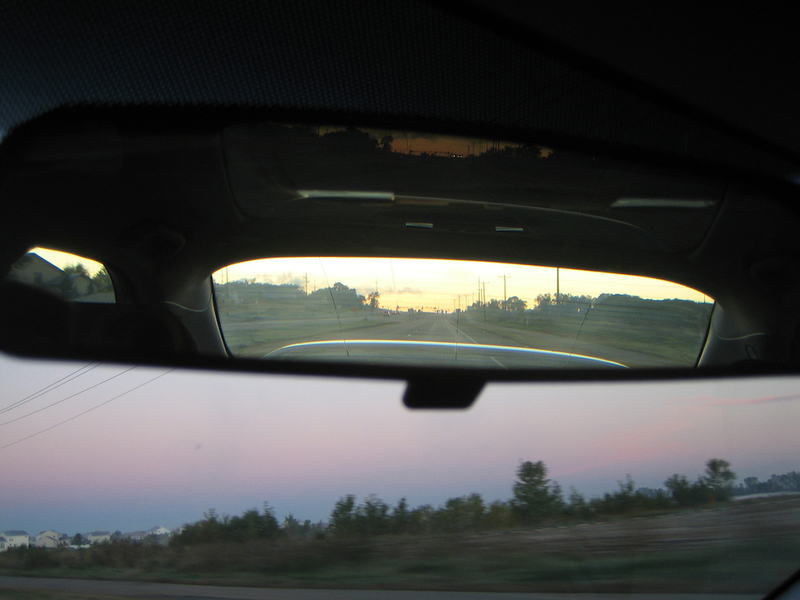
For example, you can tilt the mirror to reduce the brightness of the headlights of the car behind you. The tab allows you to manually do this. It works at deflecting light without preventing you from seeing that there’s a car behind you. It’s a very overlooked safety feature in cars. These types of mirrors were introduced in the 1930s and by the 1970s they were standard equipment in most cars and trucks.
Square Patch On Backpacks
A lot of people love toting vintage-looking backpacks that have a patch-shaped square on them. They are very popular, especially with brands like Herschel Supply Co., Jansport, and L.L Bean. But, did you know that they actually serve a purpose other than looking cool and vintage? Called a “lash tab” or “pig snout” (you can imagine why), this patch was originally designed for travel packs to allow people to carry extra gear on their backpack.

Cords and strings can fit through the two tabs of the patches, allowing wearers to hang extra stuff on the front of the bag. This especially comes in handy if you go camping and need to carry extra supplies to fasten them to your pack. While you probably aren’t doing much hiking with this backpack, at least you know that you can hang stuff on the outside in case the need ever comes about!
Plastic Lids On Cups
You will probably gawk at this next one and slap yourself for never having realized this. The plastic lid that comes along with your disposable cup can also be used as a coaster, both for coffee cups and soda beverages.
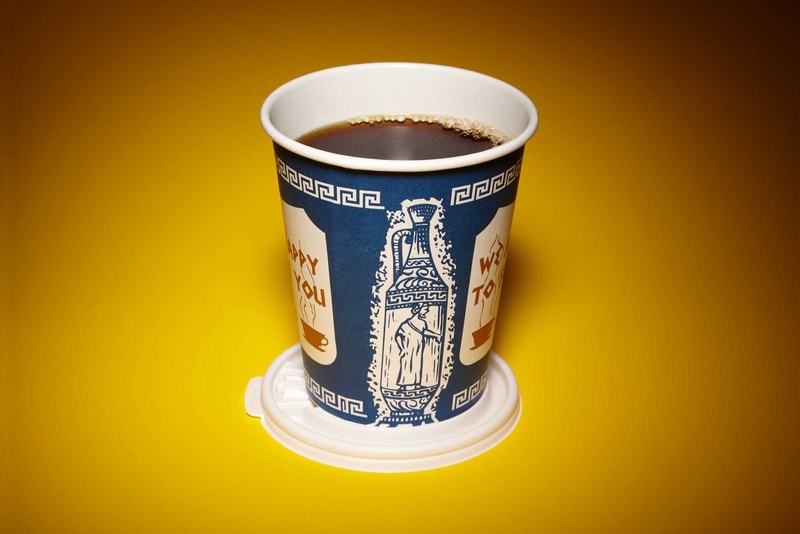
Of course, when you’re walking or in the car, you will keep the lid on. But when you sit down to enjoy your caffeine kick, the ridges of the lid are designed to grip your cup and hold it in place. Anyways, it’s 2019 so we shouldn’t be indulging in plastic lids anyways… looks like you missed out on the opportunity.
Randomly Placed Buttons On Jeans
If you wear jeans often, then you have most likely noticed all the extra buttons scattered around the pockets of your pants. These buttons, which are technically called rivets, are strategically placed on the jeans to prevent them from getting worn out at the seams and ripping. Imagine your jeans ripping in the middle of an event or a holiday dinner after eating that decadent chocolate cake.
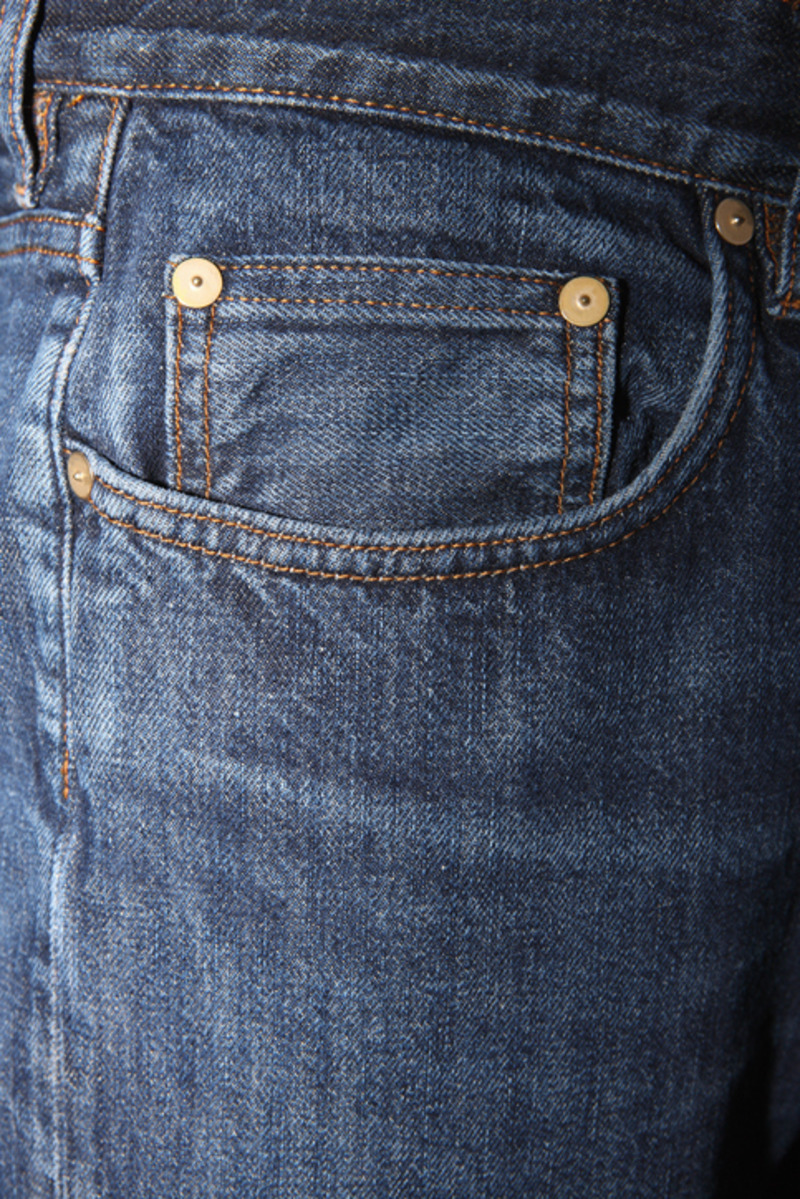
Jean tycoon Levi Strauss has ownership of these rivets and they have a patent over them. They were introduced in 1829 after miners started to complain about their jeans wearing out very fast. So, young Mr. Strauss started thinking and came up with this product. They help jeans practically last forever. Next time you’re out shopping for your next pair of jeans, just make sure that the ones you’re purchasing have these bad boys on them.
Loops On Grocery Carts
Have you ever stopped and taken a moment to examine the design of a grocery cart? In the hustle and bustle world we live in, you probably haven’t. Well, that’s why we’re here today; to teach you new things about everyday items! Take a look at the picture. Do you see those metal loops that jut out of the fold-out section of carts? This protects the products in your cart.
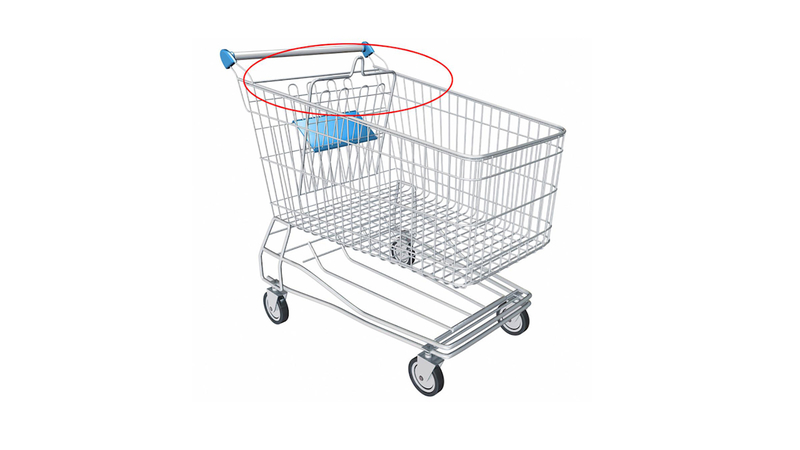
You can use the loops to hang plastic bags that are carrying breakable items like eggs and soft items like bread that you don’t want to get squashed by heavier items. The designer of the grocery cart was clearly well beyond his years. In fact, if you ever check out people who bag your groceries and put them in your cart, they themselves might not even be aware of this interesting function. Next time you can teach them something new and become the most likable person in the whole store.
Golf Ball Dimples
If you’ve ever gotten up close and personal with a golf ball, then you’ve noticed that its exterior is covered in dozens of little dimples. Golf balls weren’t always this way. What happened is that experienced golfers started to notice that, over time, the older balls that had bumps and nicks would travel further.
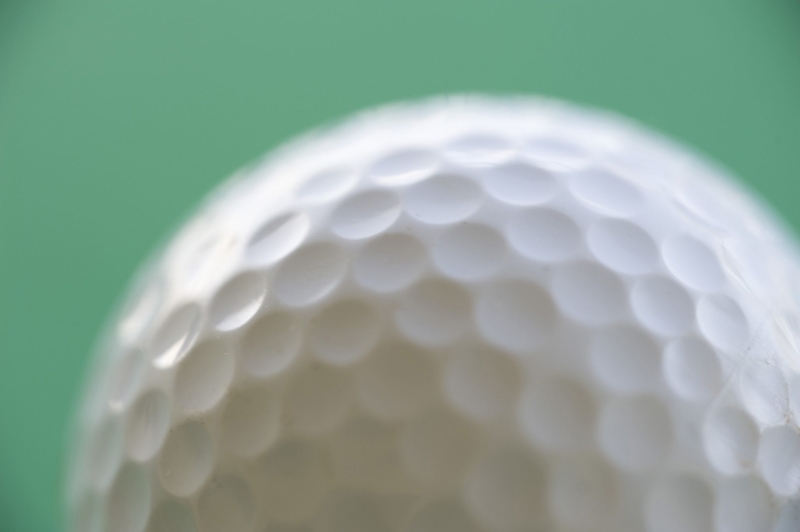
These imperfections help create turbulence in the air around the ball which then helps to reduce drag. Eventually, manufacturers began to design golf balls with these dimples already intact so that the balls get more lift and reach greater distances.
Margins On Lined Paper
You’ve used notebook paper thousands of times. But have you ever asked yourself why they look the way that they do? And how come when you get to college, do you have more space on the page? Well, the answer to the second question is obvious- colleges like to torture. But the answer to the first question is a little more fascinating and involves traveling back in time.
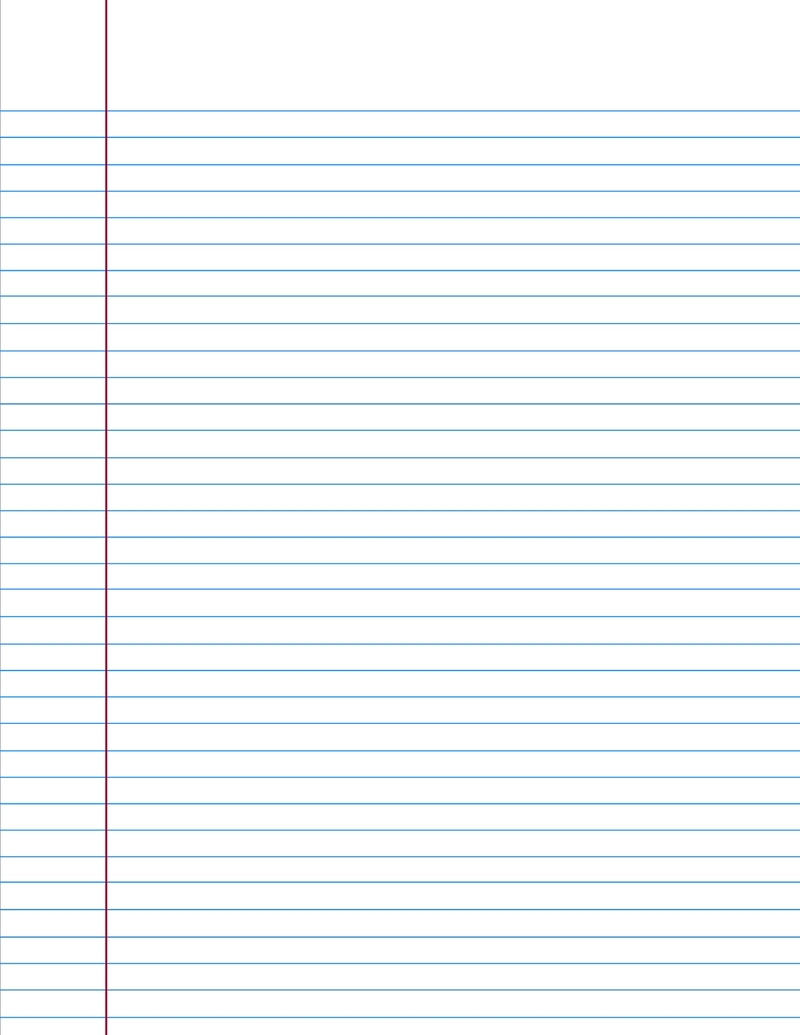
Years ago, when rats were frequently found in homes, they would chew on paper. Thanks to the margins on paper, a rat could nibble around the edges without destroying somebody’s work and taking a bite of important information. So back then, kids couldn’t use the excuse “a rat ate my homework.” While this feature isn’t so necessary anymore, it’s a little bit of history that has been maintained. Plus, the edges of our papers often get soiled so it’s a good thing that they’re there.
Holes In Pot Handle
Unless you’re a chef, you may not know the reason as to why pots and pans have holes at the end of the handle. Well, there are two logical reasons behind the existence of the hole. First of all, the hole makes it easy to hang the pot up on hooks when it’s drying out or not being used. You may even have used the pots like this plenty of times in your kitchen. But, the other trick of the trade is perhaps something that you haven’t tried to do, and you’re going to love it.

It’s time to stop dirtying up the counter with the saucy stirring spoon. Next time you’re whipping up a red curry in your pot, slip the utensil into the pot and let it rest there while your meal is cooking. You should especially try out this slick move the next time you make a meal and want to impress people with your talented Top Chef skills. Your performance is guaranteed to get many ‘ooos’ and ‘aahhs.’
Cylinder Toward End Of Cable Cord
There are many different reasons to use a cable or power cord of some kind, so there’s a good chance you’ve used one before. Well, if you have, you may have noticed a big cylinder-shaped lump toward the end of the cord. There is actually a name for this, other than a cylinder-shaped lump. These things are called chokes or ferrite cores.
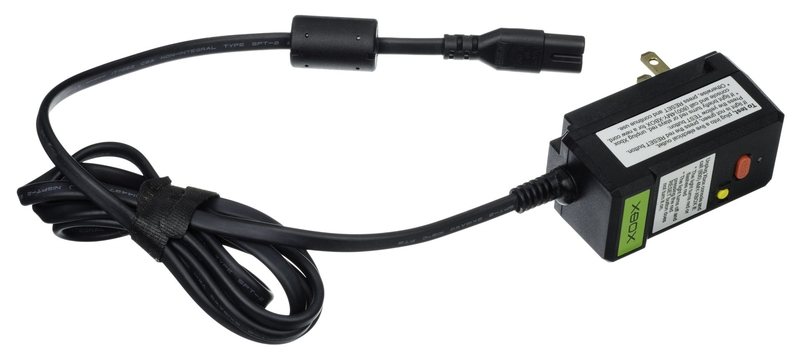
It’s simply magnetic iron oxide that helps to prevent any high-frequency electromagnetic interference. You know when your cell phone gets too close to a speaker and you get that weird static noise interrupting your call? That’s an example of this kind of interference. So, cable cords come with big cylinders to prevent that from happening.
Wings On Apple Power Cord
Are you a MacBook user? If so, you’ve probably noticed that there are some wings you can pull up on the power cord. You may have been confused as to what the purpose of these things are. Rest assured, we all were! But, they do serve an intended purpose.
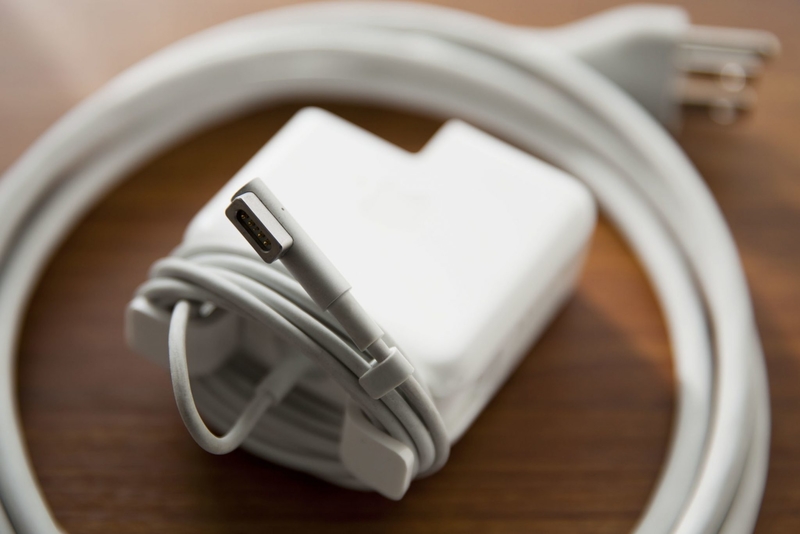
If you flip up the wings, it is much easier to wrap the cord around the power block, so as to prevent it from being in the way. It’s not necessary to use, but it is a neat little feature designed to improve your experience.
Paper Condiment Cups
We’ve all used those tiny (and may we add, pathetic) paper condiment cups to dip our french fries and chicken fingers into. You know, those minuscule ones that you dip two fries into, and bam!, the ketchup is already gone. And let’s not even get started with trying to dip your fat chicken wings into those little suckers.
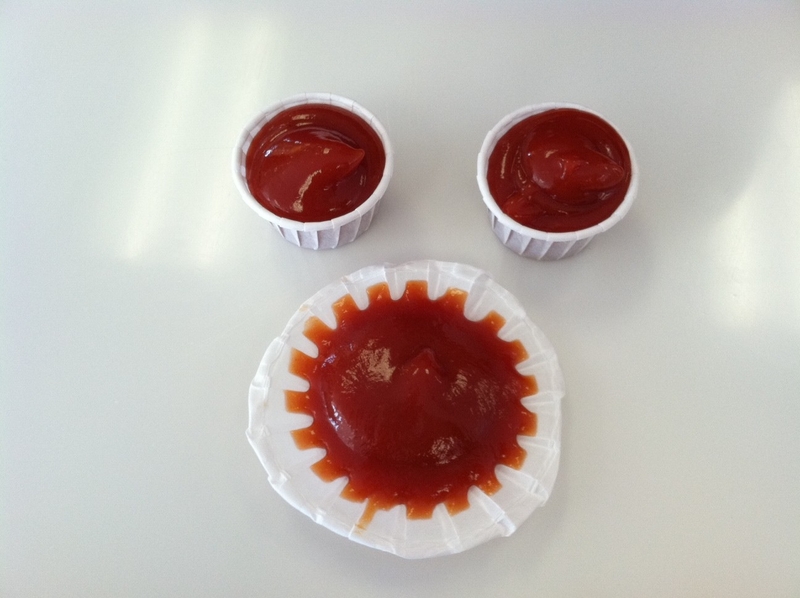
Well, we aren’t going to get into the science behind why those things are so small (to be frank, we’re not quite sure). But, we are going to explain to you how to really use them so you can be the coolest kid in your chicken wing and fries crew. Much like the Chinese takeout containers, these tiny cups are also meant to be unfolded and treated like a plate. Never struggle again with trying to dip a fat wing into those. You’re welcome.
Pocket In Women’s Underwear
Hey women, have you ever noticed that you have secret little pockets that are sewn right into your underwear? Well, they aren’t secret pockets so they aren’t meant to store your tampons, pads, and whatever else you fancy in there. There is a name for this little flap and it’s called a panty gusset. Gussets are often made of moisture-wicking breathable fabrics like cotton to keep the privates dry and ventilated.
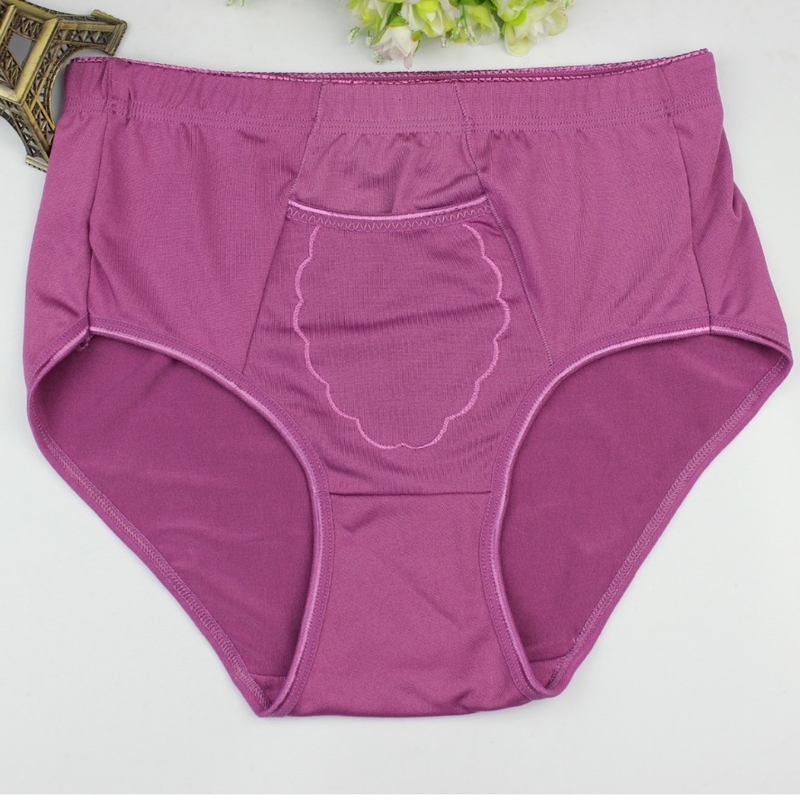
Most manufacturers don’t bother stitching these closed. Anyways, it’s actually more comfortable left open anyways. It also allows women to store whatever they please there!
Zigzag Side Of Bobby Pin
Even if you’ve never used a bobby pin (we’re looking at you, men) then you can still probably picture how one looks in your hair. One side is straight and the other is wavy. The wavy zigzag side is the one which faces towards the scalp, thus it isn’t seen.
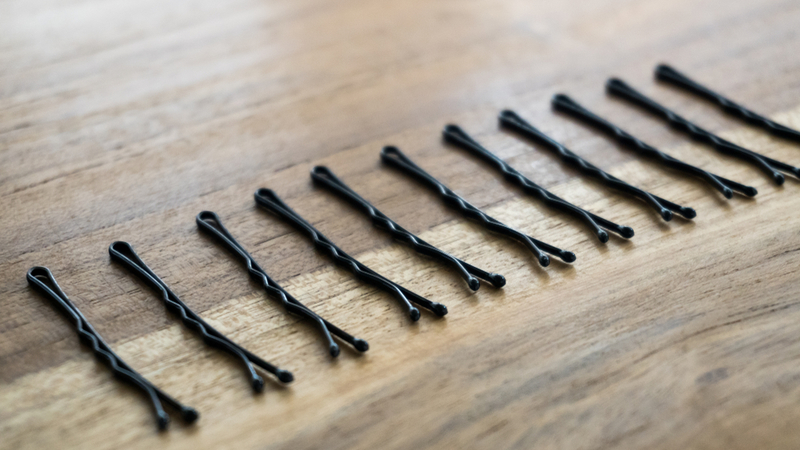
The wavy side is actually what helps keep the pin in place by helping catch the hair. That’s why you only see the wavy side when the bobby pin isn’t in use.
Soda Can Tab
Most of us are familiar with the top of a soda can like the back of our hands. Despite having drank soda hundreds, and probably thousands of times in your life, you may have overlooked one feature of the soda can tab. Besides occasionally breaking off into the can and thus ruining the rest of your drink, the tab actually serves another purpose.
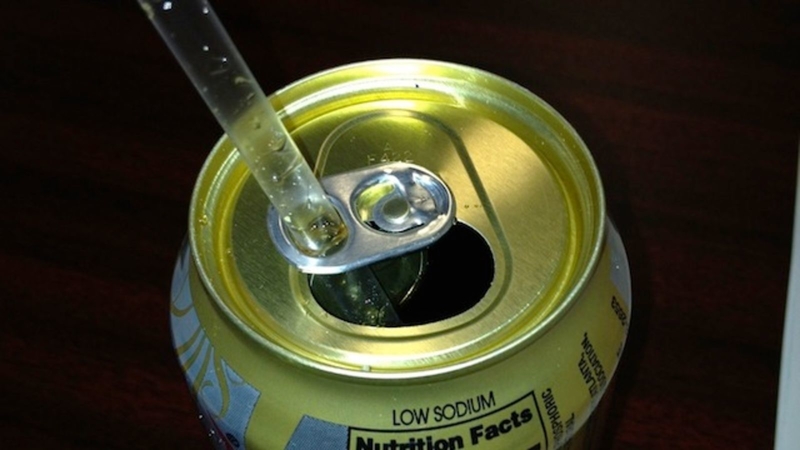
The tab on top of soda cans was actually designed to be flipped over again and used as a holder to keep your straw in place. Who knew, right? Despite this neat little addition, most of us refrain from using straws when drinking from a can, if not for the environment, then because they’re so flimsy inside of the can and it’s more comfortable to drink straight out of the can. But if you think about it, using the tab to hold your straw in place makes perfect sense.
Hole In Cap Of Ballpoint Pens
All of us have used ballpoint pens throughout our grade school years. Did you ever ask yourself why the cap has a hole in it? Well, that hole was strategically placed there by the company. Nope, it’s not so that it dries out faster, thus forcing you to buy more pens. The hole in the top is there in case a child or adult accidentally swallows the cap. If this happens, then thanks to the hole, air can flow through the cap, and the poor fellow who swallowed the cap can still breath.
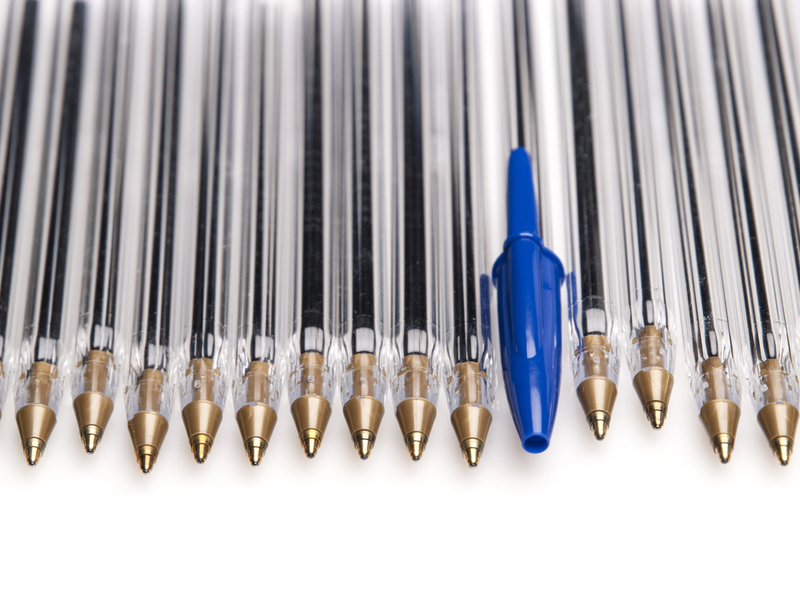
If you think to yourself, what kind of adult swallows the top of a pen, remember, many adults have the bad habit of putting pen caps in their mouth. It just takes one bad move until you accidentally choke on the cap. You’re welcome to keep your conspiracy theories about companies drying out pens on purpose but just know that the company actually had your safety in mind when they engineered the pen.
Discs Under Bottle Caps
You have probably noticed at one point or another that under the cap of a plastic bottle of soda lies a little plastic disc. While you may not think anything of it (why would you?), there is actually a very interesting reason for it being there. That little plastic disc somehow helps to keep in carbonation. We aren’t here to explain the science behind it, just deliver to you the facts.
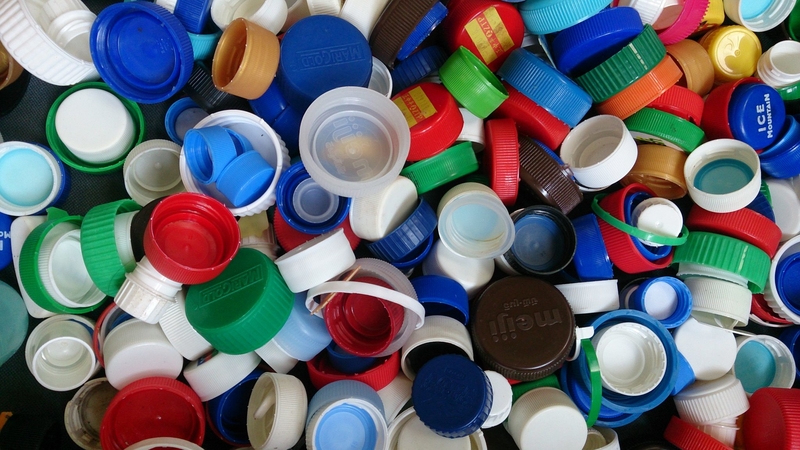
Thanks to those little discs, we are gifted with fizzy soda and not flat. Nobody wants to live in a world of flat sodas. Gross.
Blue Part Of Eraser
You may think that some erasers are different colors simply to make it more appealing to children. In schools, there are even rumors among children that the blue part of the eraser could emit ink. Unfortunately, that isn’t true. But, equally as cool, the blue part is meant to be used on certain types of paper that are thicker and stronger than common loose-leaf or notebook paper.
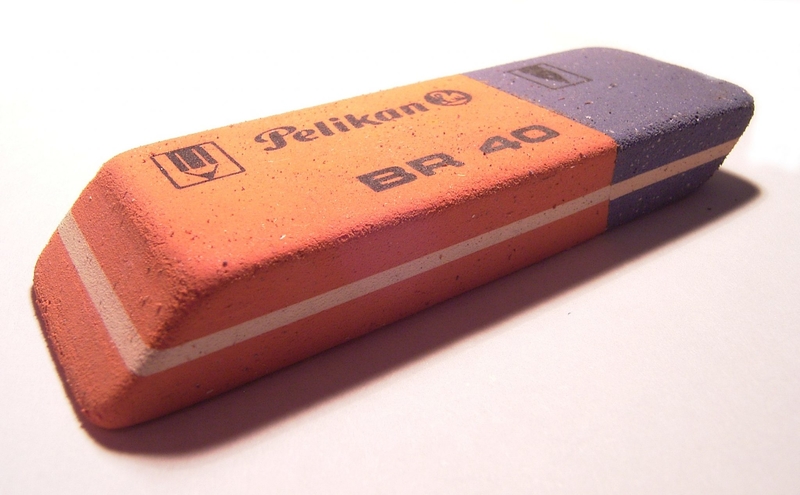
For example, artists use a paper that is more sensitive to friction. For this reason, they need to use a specific type of eraser, in opposition to the pink erases that us common folk use.
Long Neck Bottles
For those among us who enjoy having an adult beverage, have you ever asked yourself why your alcoholic beverage often comes in bottles with long necks? Most likely you’ve been more concerned with drinking the liquid courage and not interested in its history. Well for one, the long neck of a beer bottle makes it comfortable to hold for long periods of time. It also makes it easier to pour into the ice-cold glass you had prepping for an hour in the freezer.
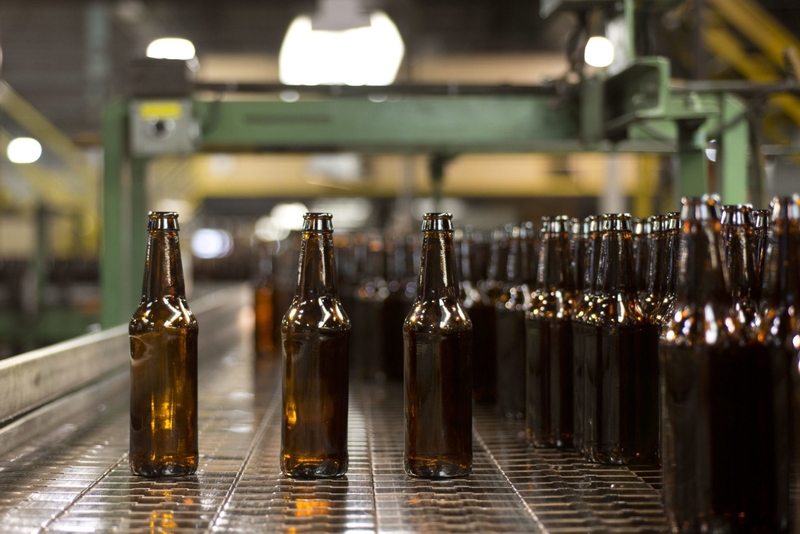
Some bottles have a more bulbous neck to help collect particles and sediment in unfiltered beers. And for yet another reason, the long necks also help distribute heat throughout the entire bottle when your warm hand is around it. In short, the long neck assures that your drink stays cold for as long as possible… which is what you want, right?
Pom-Poms On Winter Hats
When you went searching for a winter-hat to handle the freezing temperatures of winter, you may have opted for one with a cute little furry pom-pom that sits on the top. While this is a fashion trend for those living in cold temperatures, the trend actually originates back to sub-zero Scandinavia where people have been rocking this look year-round since the age of the Vikings! The first signs of the pom-pom was on the Viking god Freyr. A statuette of Freyr was found in which he was shown wearing a hat or helmet with a pom-pom on top of it.
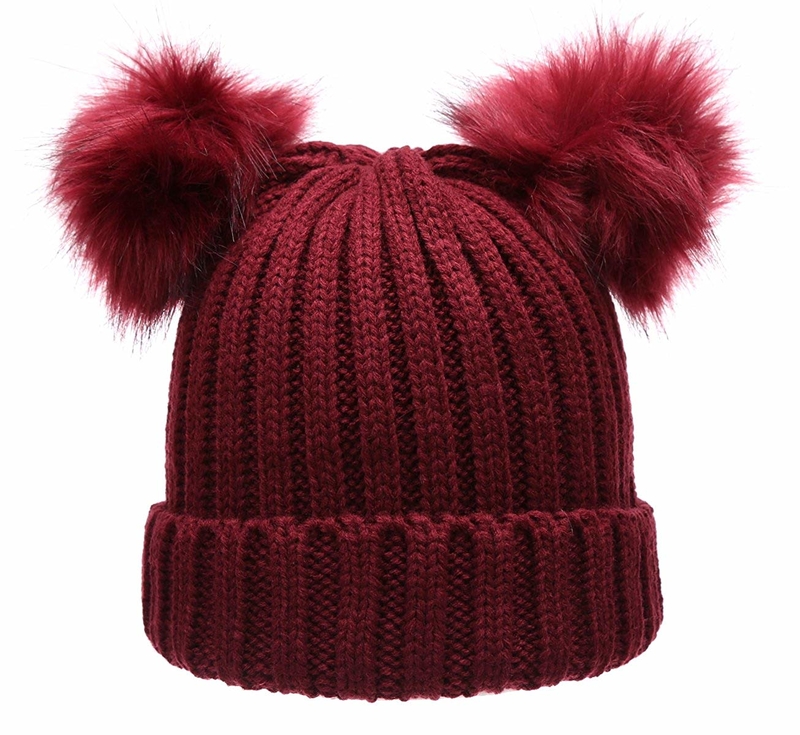
The word pom-pom dates back to the 18th century. It comes from the French word ‘pompon’, which is a small ball made from fabric or feathers. The pom-pom was ideal to heavier larger trinkets that soldiers in those times had been using. Instead, the pom-pom could be made inexpensively from scraps of yarn. People everywhere fell in love with the fluffiness and color of the pom-pom, and just like that, it has stuck throughout centuries.
Wooden Coat Hangers
Is your closet full of wooden coat hangers, plastic ones, or a mish-mash of both? Hangers can say a lot about an individual. But did you know why wooden hangers exist to begin with? They are designed to keep away moths and other creatures that would damage your clothes. Heavy clothing, like coats and dresses made out of wool, are more vulnerable to various insects.
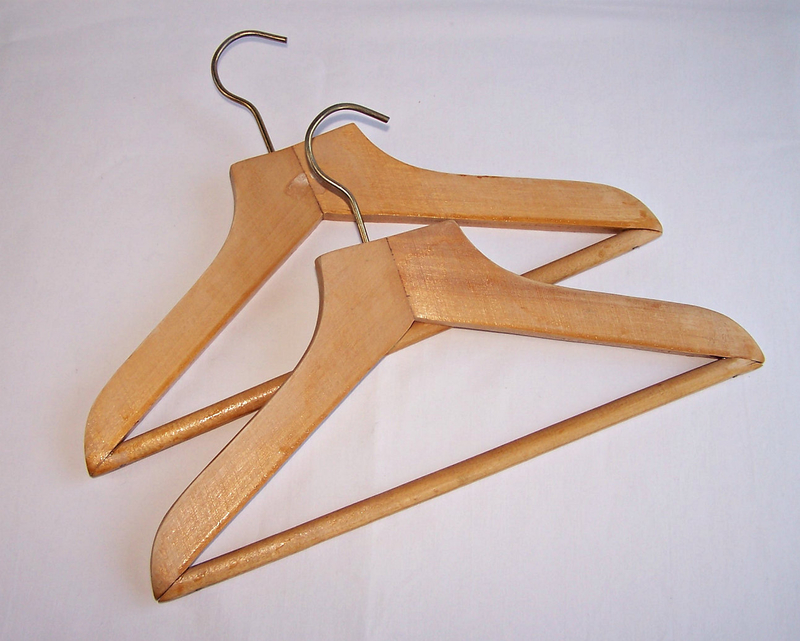
Wooden hangers are made from cedar wood which is known to naturally help repel moths and other bugs. It also absorbs moisture and odors. So if you find that bugs are attracted to the clothes in your closet, you know how to take care of the problem!
Color-Coded Ice Cream Scoops
To be honest, I worked in an ice cream shop for several years and never once understood why the ice cream scoops had different colors. I didn’t even think to ask. Only years later, do I finally know the reason. Each color represents a different sized scoop. Whoops, guess I messed up one too many orders. No wonder why my customers were always so happy…
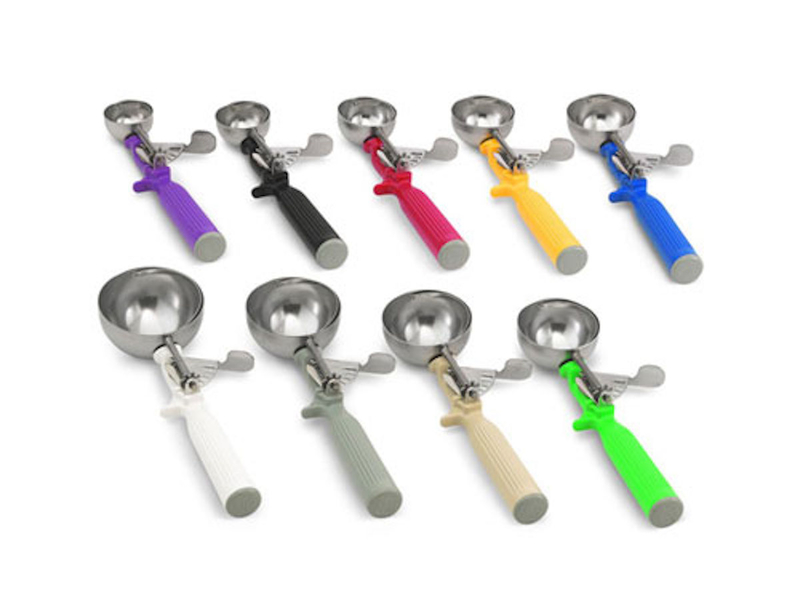
Ice cream scoops can be given in over a dozen different sizes. This is based on how many scoops go in a cup and how many scoops fill up a 32-ounce container. While the rainbow colors of the handles look joyful and cute, they serve a purpose other than making you feel warm and happy inside.
Flaps On Juice Boxes
How could we have been doing something so simple, so wrong, for our entire childhood? If you’re lucky enough, your parents at least mentioned something about those flaps being there, even if they fed you some bogus myth like “the flaps help you get the most liquid out of the box.” Instead, I was left with juice on my hands and a half-empty juice box after wrongly holding the box by its middle which caused the juice to gush out of the straw. The horror.
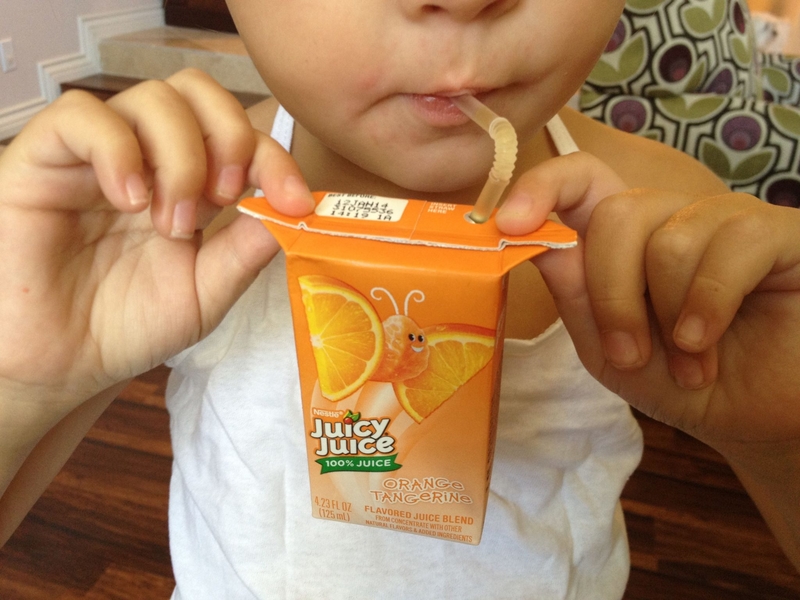
Those flaps are meant to be turned outward to prevent this from happening. Easy to transport? Check. Spill-proof? Check. My whole life has been a lie? Double-check. Now that I know that the bulky flaps can be folded outward to make it easier for small-handed children to hold them, there’s no way I will let another child suffer from ignorance the way that I did. I feel like I have a right of passage now to start drinking juice boxes. I’ve got years to make up for all the wrong that I did!
Ridges On Coins
We aren’t sure if you’ve noticed this, but both quarters and dimes have rough edges (as opposed to pennies and nickles which don’t). Go ahead, we’ll wait patiently for you to pull some coins out of your wallet so that you can compare the difference, that is if you even have any coins considering that credit cards are taking over the world. To set up the scene, the year is 1972 and the Coinage Act has just established the U.S. Mint. Back in the days, coins were stamped in different weights to show the real value of the coin.
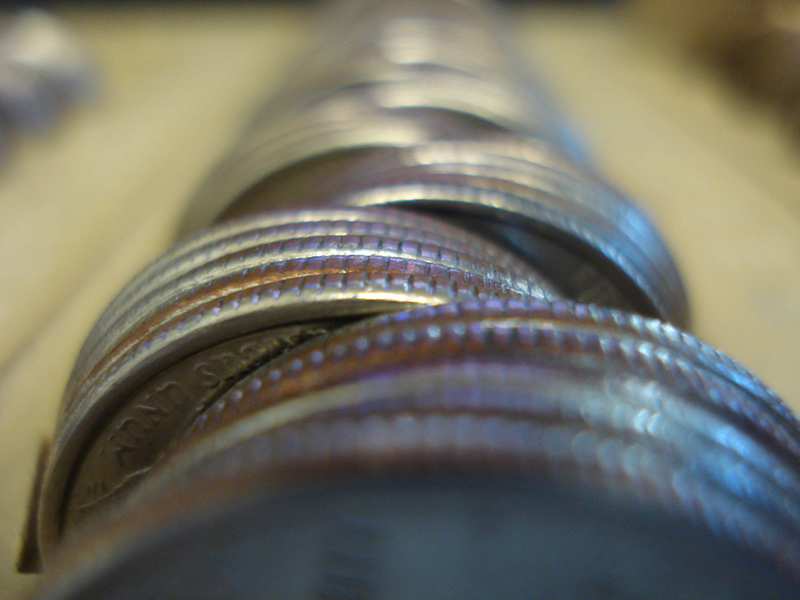
In order to prevent criminals from filing shavings from the sides of the coins and selling the metal, minters put ridges on coins (a process known as reeding) to make it easy to tell if the edges had been shaved off. Another benefit to doing this was that it also made it more difficult to counterfeit the money. Nowadays, coins are no longer made from precious metal so this isn’t an issue. But, we still have edges on our coins.
Detachable Headrest In Cars
This next one is up for debate. Do you know how the tops of the seat in a car are detachable? Come on, I know I’m not the only one that used to pull them out on family road trips and get my dad mad. If you think that there isn’t a reason for this, then you’re wrong. Well, there’s a popular meme that went around explaining the reason for this madness. This meme explained that the reason for the tops of seats being removable is in case of an emergency.
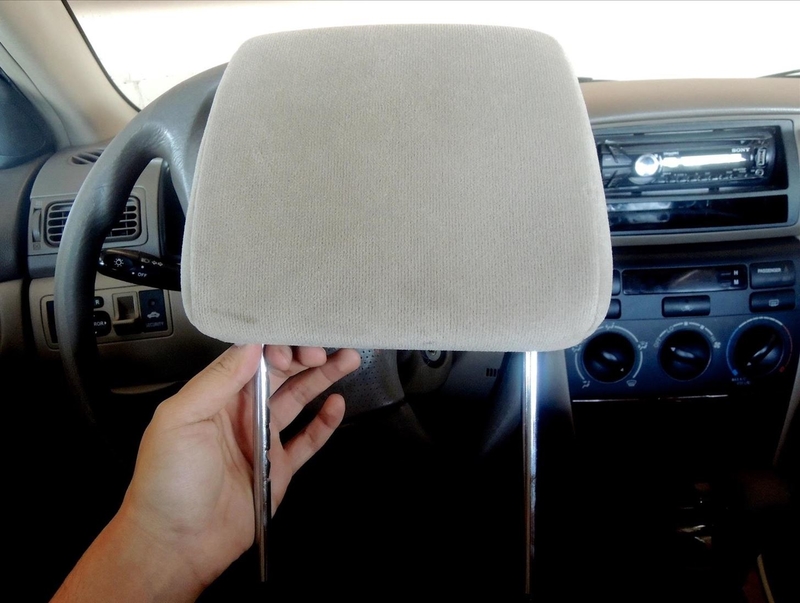
If you’re stuck in your car, you can pull out the headrest and use the metal bars to break through the window and exit the car. While they are really there to provide support for your head and neck in case of an accident, it does make you wonder why the headrests are removable. I’m choosing to believe that all those times I spent pulling the headrest out were practical and that i’ll be the one who knows what to do when trapped inside of a vehicle.
Extra Fabric With Clothing
You’ve probably noticed when changing your clothes, that a lot of them come with an extra patch of fabric inside. If anything, you’ve thought to yourself that the fabric is there in the case that your shirt or pants rip and you need to do some sewing. Well, it’s not there in the chance that your pants rip, although we suppose that you can use it as such if your shirt does rip (note that this might look very obvious unless you’re a professional seamstress).

The little fabric’s true purpose is to allow you to test out washing the material a certain way so you know if it’ll shrink or if the colors will bleed. This addition, which is nothing short of genius, lets you know how the clothing item will react in the machine. If you’re hitting yourself now just remembering the last time you ruined a new shirt, don’t feel so bad. Unfortunately, this is a feature that most people don’t know about.
Three Handles On Jerry Can
Jerrycans were designed in Germany in the 1930s for military use. The original design of the jerrycan still remains in widespread military use. The three handles were designed because it was specified that a soldier should be able to carry two full containers or four empty ones, by holding onto the outer handle. In order to keep the fuel evenly distributed while you’re holding it, there are three handles across the top.
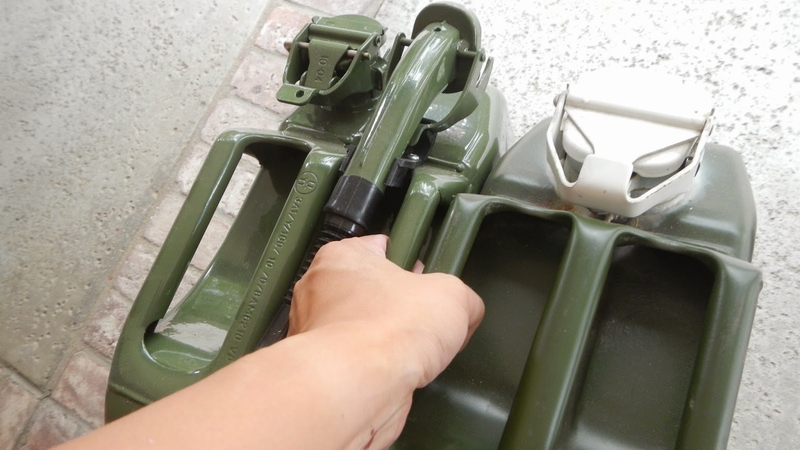
This is especially true if two people are carrying it. If you are holding it with a friend, you should each grab one of the outer handles. If you’re Hercules enough to carry it on your own, then grab it by its middle handle, or if you’re carrying two in each hand, then by its outer left and right handles, respectively.
Brass Doorknobs
Alright, we definitely aren’t expecting you to be paying attention to brass doorknobs, so if you haven’t noticed this next one, then you get a free pass. All doorknobs are made out of brass. There is a very smart reason for the doorknobs being made from this and it is surely not an accident. Things made from brass hold up better against bacteria build up. Think of the number of times a day that doorknobs are touched.
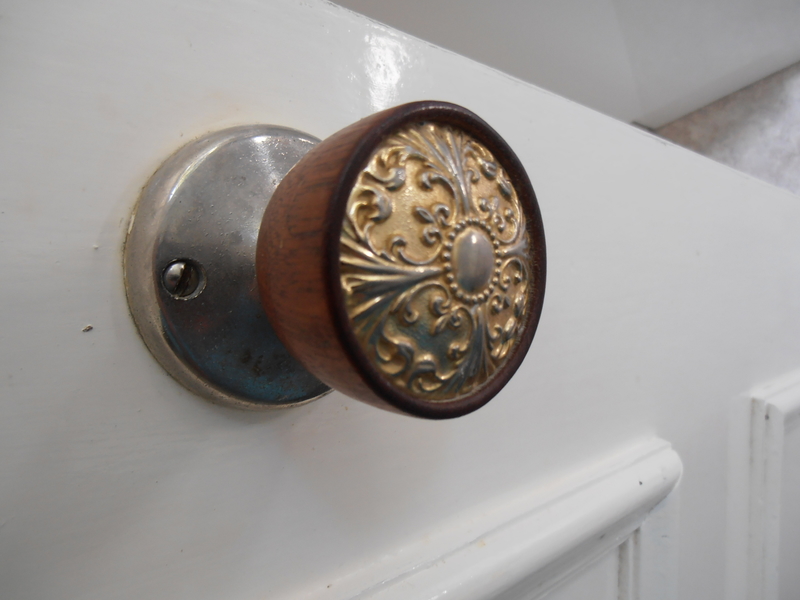
The brass helps make them free of germs. This is very important considering that people are constantly touching doorknobs after touching a load of other things. Obviously, this is important since people will pick up germs on their hands in countless different ways. Thanks to the brass, we are less exposed to germs as opposed to if they had been made from another material.
The Fifth Pocket On Your Jeans
Surely you’ve noticed that little pocket on the side of your jeans, and while you probably just chucked its existence up to a design choice, and use the tiny compartment for storing folded cash or your trusty lip balm, this fifth pocket actually has a purpose.

Jeans used to be the preferred type of pants for cowboys and gold miners during the mid-1800s, and one of the most valuable items they carried around with them was their pocket watch. Alas, the tiny pocket designed to keep their expensive and delicate pocket watches free from harm while they worked.
The Hole in a Pasta Spoon
Have you ever noticed the big hole in the middle of your pasta spoon? Even if you’re not a big fan of Italian food, you must have seen these spoons at least once in your life and wondered why on earth would a spoon have a huge, weird hole going through it. As it turns out, there’s a very simple and neat reason behind it – to help you calculate the exact amount of pasta you need for a single serving.
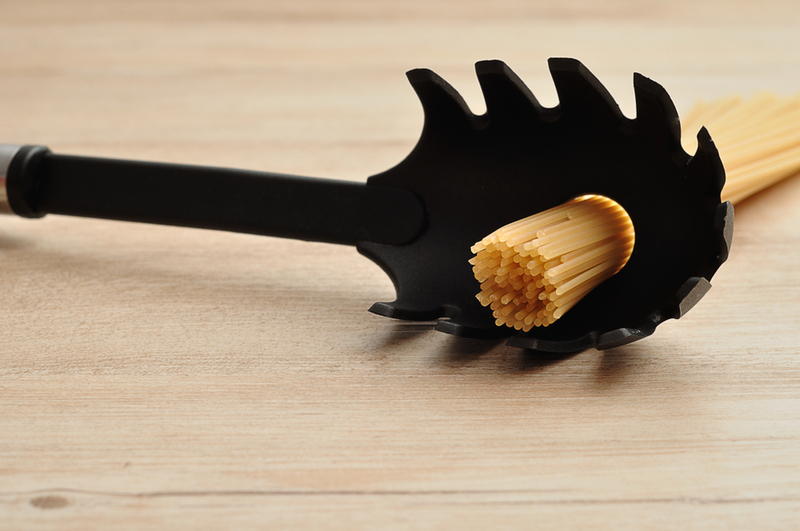
So, next time you’re cooking just for yourself and don’t want to overdo it with the carbonara, just take a handful of dry noodles and fit them through the spoon hole to make sure you have the right portion.
The Half-Belt On Coats
The half-belt is clothing feature commonly seen on pea coats or trench coats, and certain types of jackets, and while you might think this is purely a fashion choice – like “pre-torn” jeans – the half-belt has an actual purpose.

Originally, the half-belt was invented for men serving in the military who had over-sized jackets that they also used as blankets. The belt was used to gather and hold any extra material so the soldiers could walk around freely.
Utility Blades
Nowadays, you’d be hard-pressed to find someone that doesn’t keep a box cutter or utility knife in the house. Whether this useful tool is something you use on a regular basis, or something that mostly sits in a drawer gathering dust, this hidden use of a utility blade will surely come in handy. You may have noticed that utility knives come with a thick, plastic cap at the end, and that the blades have little score lines.
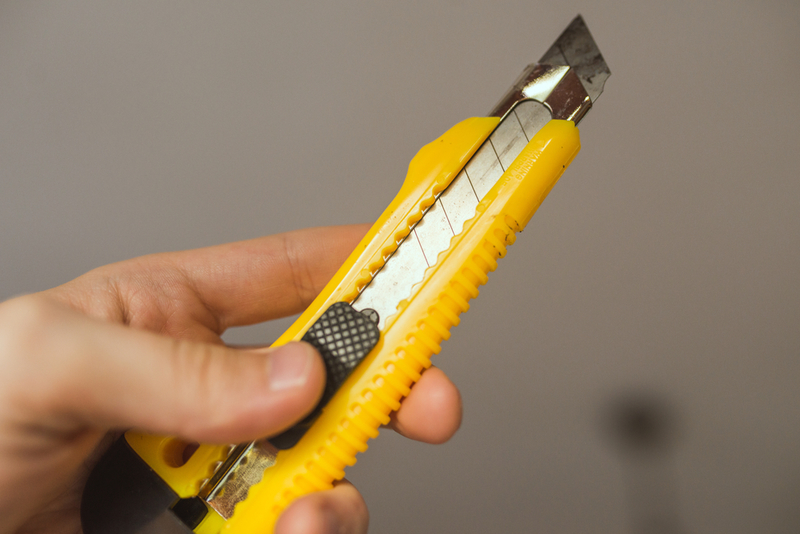
The score lines are to indicate where exactly to break off the blade so you can have a fresh, sharp, new blade whenever you want. And the plastic cap is there so you can take it off and use it to cut off the blade! It’s easy, safe, and helps you avoid nasty cuts.
Cream Tube Caps
While many of you might already know this one, it’s still worth mentioning for those who haven’t made this great little discovery. You’ve probably noticed that some cream tubes have spikes on the top of their caps, and if you’re as curious as us, you probably wondered what they’re for. Well, wonder no more.
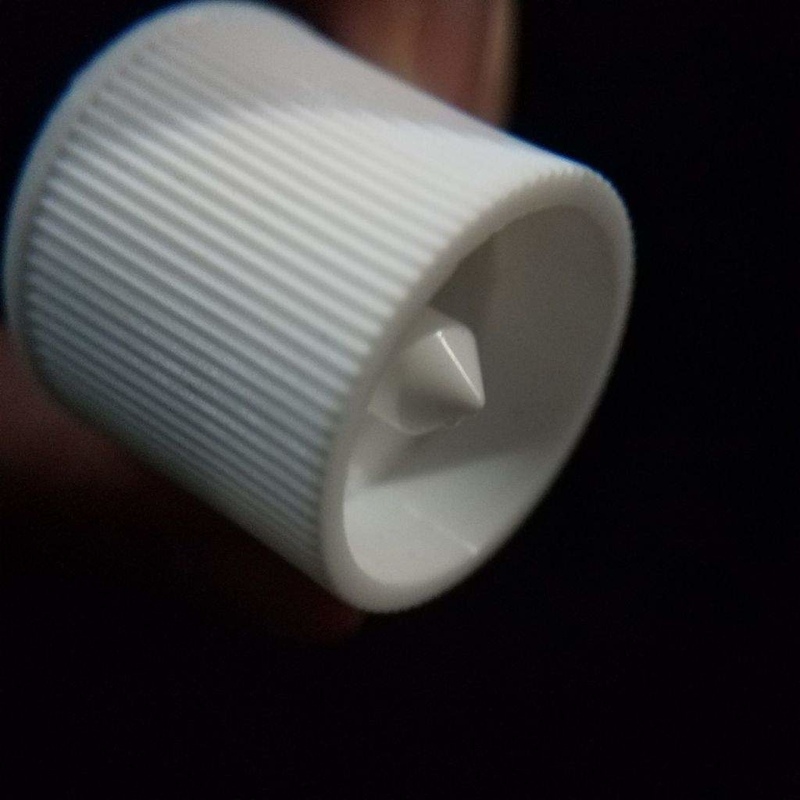
These spikes are there so you can use them to pierce through the protective foil of your new tube! Simple unscrew the cap, flip it upside down and use the spike to punch through the foil.
The Holes in Rulers
Rulers are a staple in any respectable pencil case, and usually a tool that can be found in any household. While the purpose of a ruler is pretty straightforward, there is still one thing that many people wonder – why is there a hole in them?
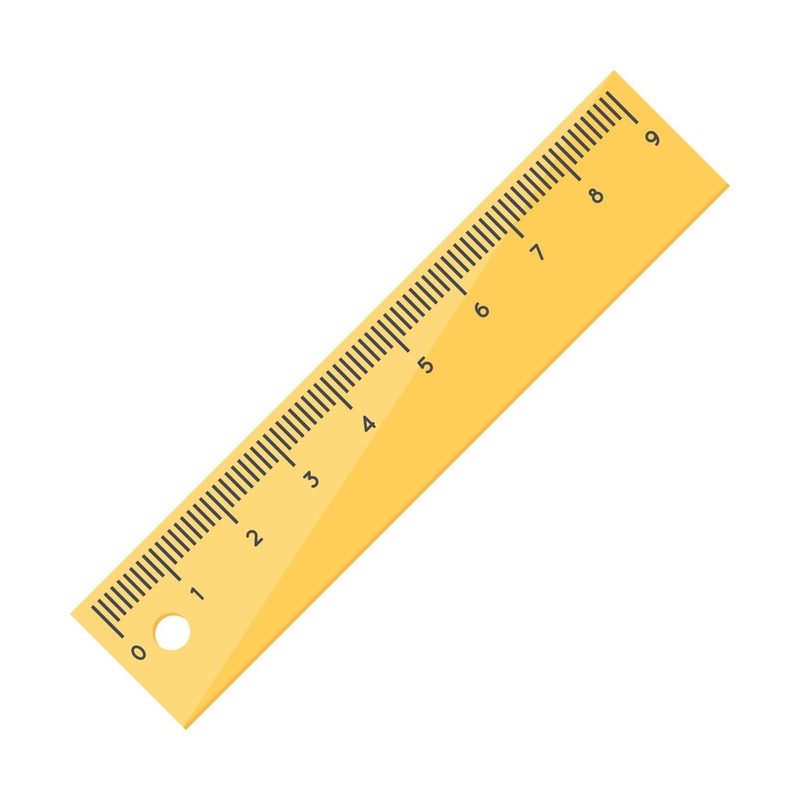
Surely you’ve noticed that many rules have a small hole on one of the ends, and as it turns out, the purpose of these holes is so you can hang the ruler up and have it handy whenever you need it!
The Lid on Tic Tac Packages
Everybody loves Tic Tacs. And even if you don’t, there’s still a 99 percent chance you’ve tried them at least once in your life. If you’ve ever opened one of those cute little boxes where Tic Tacs come in, you’ve probably realized there’s a small indentation on the lid. The first thing that comes to mind is that it has something to do with keeping the plastic box tightly sealed.
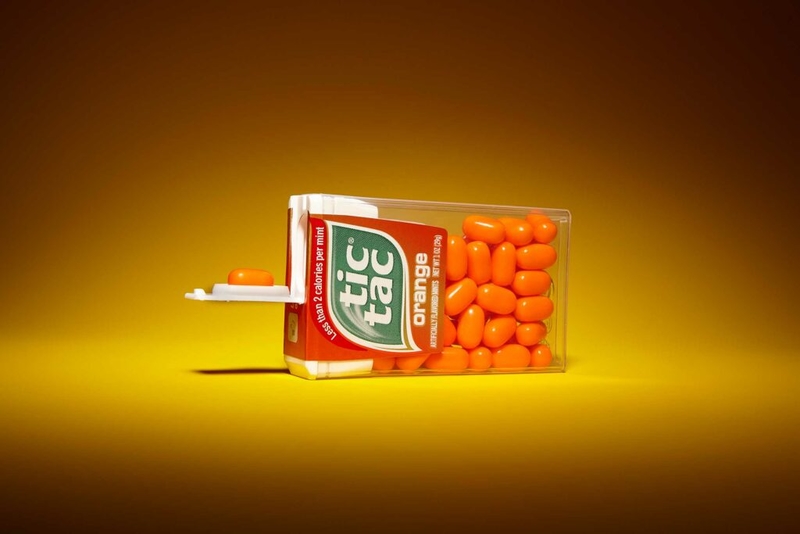
While this is definitely the case, the indentation serves another purpose – as a dispenser that gives you your Tic Tacs one at a time. Just shake the box upside down, put it back upright, open the lid and you’ll see there’s a Tic Tac that fits perfectly in that indentation just waiting to be grabbed!
The Metal Plates On Staplers
If you’ve ever worked in an office, you’re probably incredibly familiar with staplers (and how infuriating it can be when it’s stuck). If so, you’ve definitely noticed the metal plate they have at the front end, and probably assumed it was there as reinforcement to bend the staples. While this is in fact one of its functions, it’s certainly not the only one.
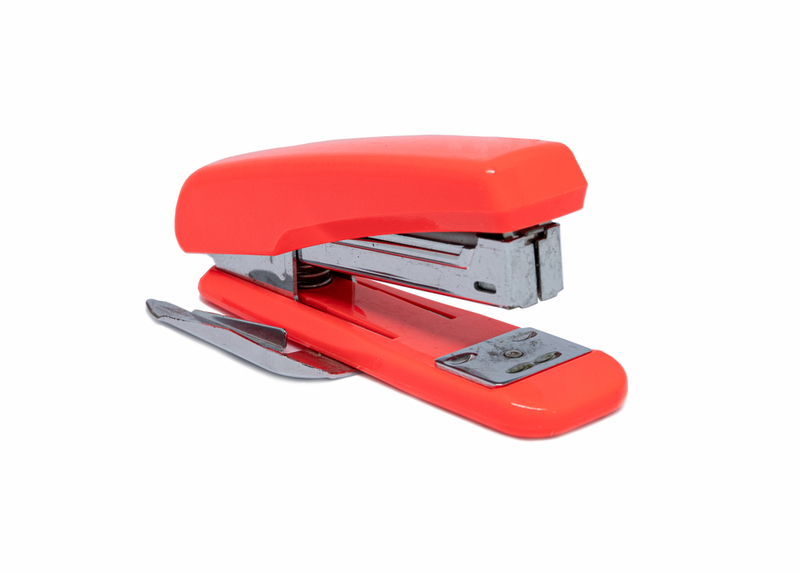
Your average stapler actually has settings, and that metal plate, called an anvil, helps you adjust them. If you turn your stapler upside down you can change the setting by spinning the wheel until it is lined up with the hole in the metal plate. This will turn the arms of your staple outward and make it much easier to pull out the staple later if you need to, like a “temporary staple”.
The Hole On the Top Of a Lollipop Stick
Lollipops will forever remain a childhood favorite. No kids’ party was complete without them, and one of the best parts of eating a lollipop was turning the plastic stick with a hole into a makeshift whistle. As fun as that was, that hole actually has a purpose.
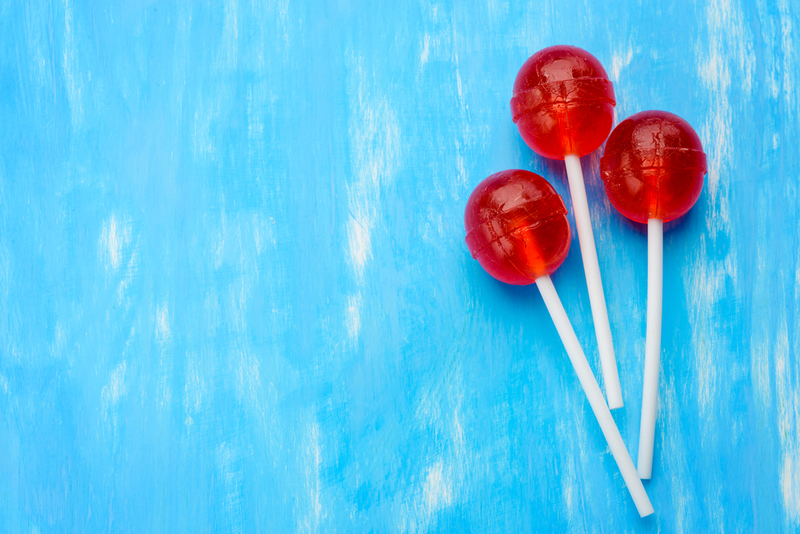
When candy makers pour the hot, melted candy into the mold, some of it drips into the hole and hardens so the candy stays on the stick without falling off.
The Threaded Bands On Audio Jacks
If you were to look closely at an audio jack, you’d notice it has deep ridges. These bands are there so it’s a tighter fit when the jacks are plugged in, but this is just one of their functions.
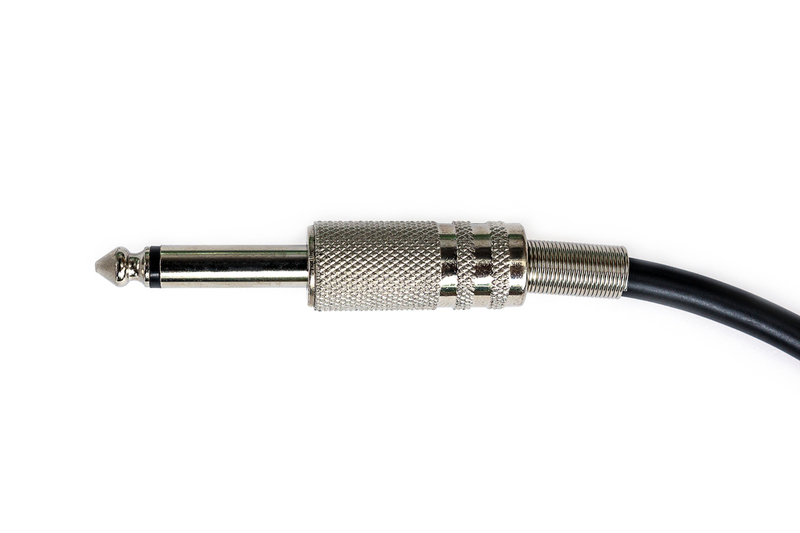
The threaded bands are made of an insulating material that protects the wires when sound is being transmitted. What’s more, the number of the ridges on a jack will tell you which end goes where.
Silica Gel Packets
Everybody knows that silica gel packs are there to preserve a product’s “freshness”. But have you ever wondered how this little bag of tiny beads manages to do that? Silica gel sucks the moisture out of its environment, and they absorb up to 50% of the humidity in an enclosed environment, helping keep things nice and dry.
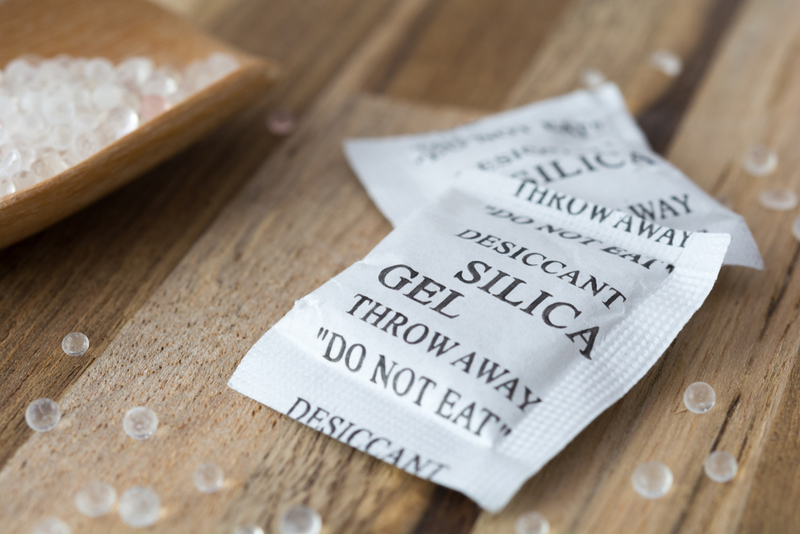
Next time you buy a new product that has one of these little packets, save it instead of throwing it out – next time your phone falls in the toilet you can quickly shove it into a handful of these little beads. Definitely works better than rice, and is far less messy!
Rubber Bumps On Your Tires
Chances are that if you’re not a mechanic, you probably have no idea these even exist. And why would you? It’s not like we go around checking our tires every day. But if you did, you would notice there are little rubber bumps on the tread of your tire.
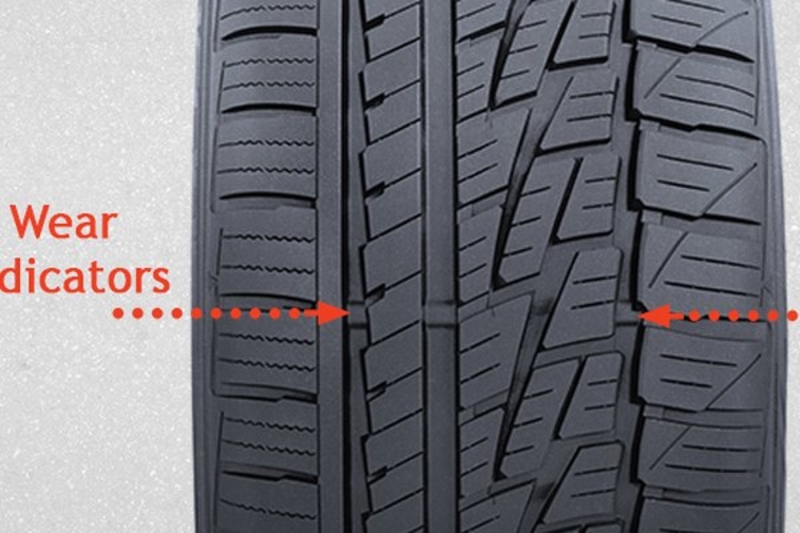
These raised edges inside the indentations of your tire’s tread indicate when it’s time to change tires; if the edges are even with the bumps, you should get to the tire shop, fast. If the edges are well above that of the bumps, you’re good to go.
The Stripes in Your Toothpaste
If you’ve ever bought a tube of Aquafresh toothpaste, you’ve definitely noticed that the toothpaste has multicolored stripes. And no, despite the fact that the stripes are red, white and blue, this has nothing to do with patriotism. Back in the 70s, people started to notice that brushing their teeth wasn’t enough to keep bad breath away for long periods of time.
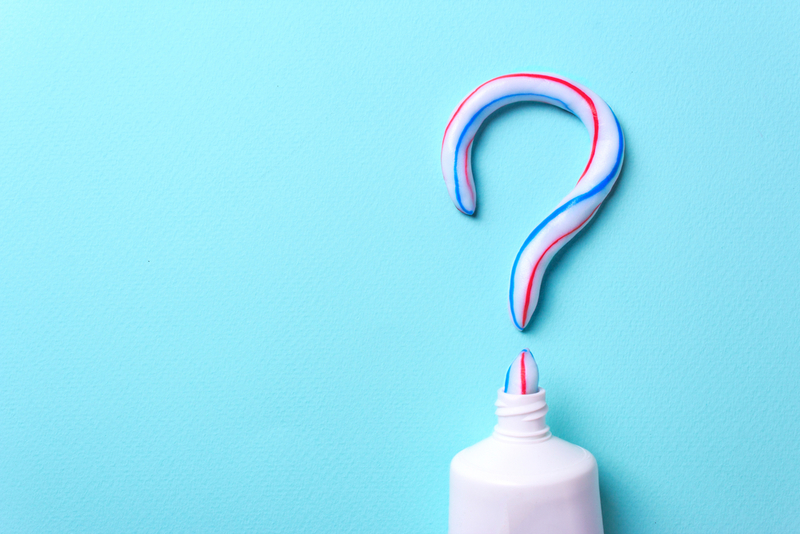
So, Aquafresh added an ingredient (the blue stripe), whose sole purpose was to act as a breath freshener. Then, when people started to get concerned about the health of their gums, Aquafresh added the red stripe, which is meant to control plaque. Multicolored stripes became a huge seller, and with time, many other toothpaste brands followed suit.
Women’s Shirt Buttons
You would be surprised to learn about buttons on a woman’s shirt. Not only do they keep your clothes closed tight, but their position on your shirt- whether they are on the right or left, are symbolic of social status.
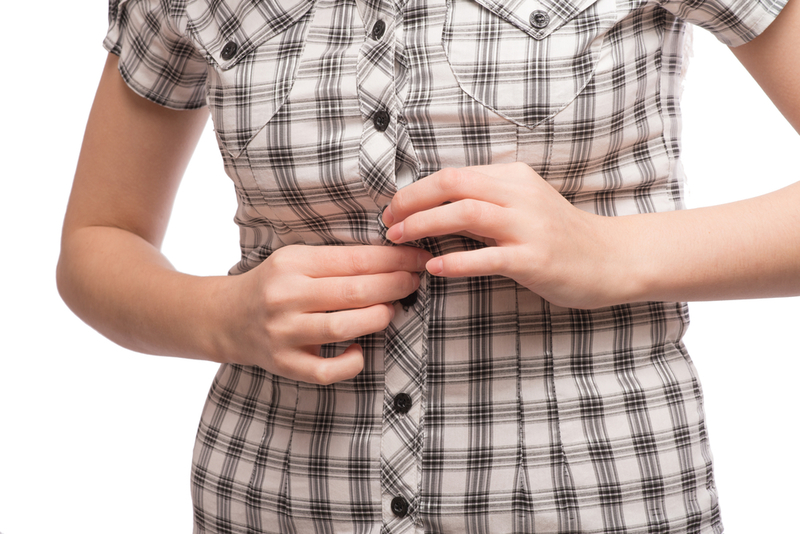
That’s right! Back in the day, buttons on the right would indicate that you might have been a farmer or ‘commoner’ because chances are you were dressing yourself. Buttons placed on the left, however, told the world that you were upper-class and most likely dressed by servants. We wonder if button placing might have been a sneaky little marketing ploy in 17th century France. Sounds like it could have been.
The Blue Bristles On a Toothbrush
It might look like your toothbrush is divided into colors for no real reason other than looking cool. But it’s actually not the case. The reason they color part of the toothbrush blue is actually for an incredibly practical purpose. The blue bristles start to lose their color right around the same time one needs a new toothbrush.
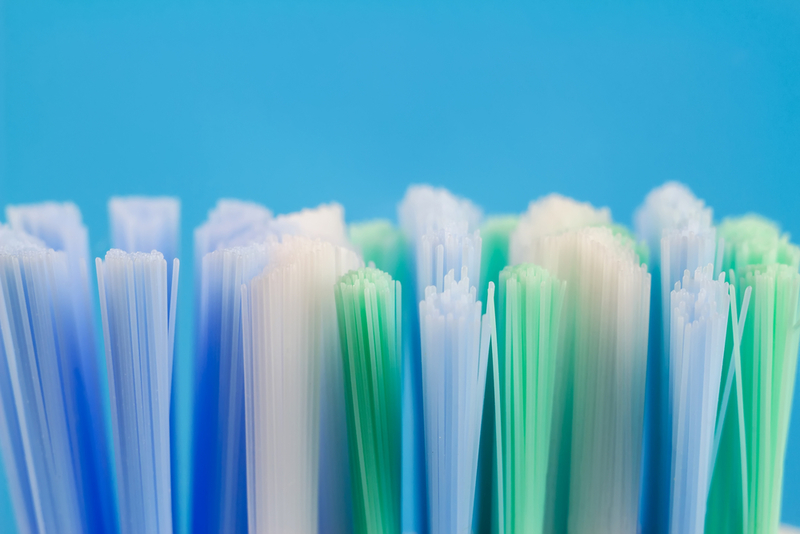
So, essentially, the faded color is a reminder to go out and buy a new one. We do think that this should be made a little more public though, there are probably tons of people unknowingly holding onto faded and soft-bristled toothbrushes wondering when they should buy a new one.
The Square Hole on the McFlurry Spoon
McDonald’s ruined many a people’s diet when it introduced the scrumptious McFlurry ice cream. If you’ve ever had the pleasure of enjoying one of these, you definitely noticed that they give it to you with a very weird-looking spoon.
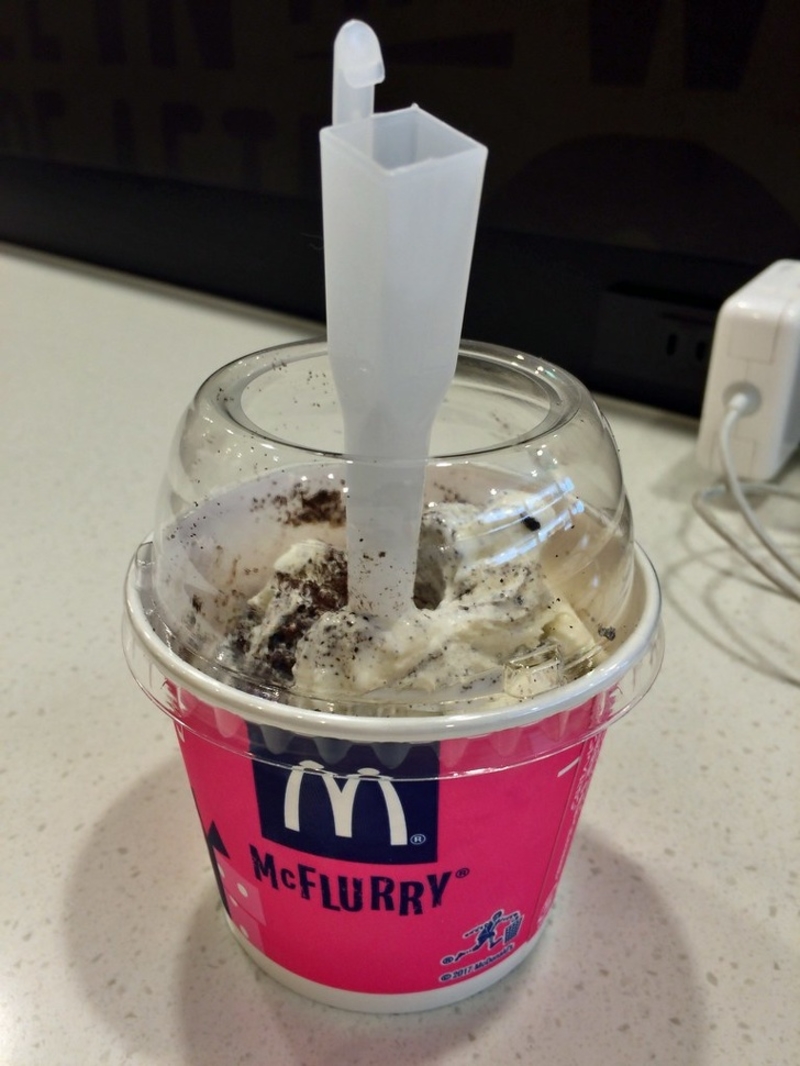
The McFlurry spoon has a square-shaped hole through its handle, and it’s actually used as an attachment to the machine that mixes the ice cream and toppings together. The machine’s bar slips into the spoon and stirs it thoroughly. The only reason they give you the spoon with it is to minimize the mess. Pretty neat, right?
Order of the Letters on a Keyboard
Keyboard creators must have a good reason to not arrange those letters alphabetically. Not doing this seems pretty counter intuitive. Well, there is a reason for this, and surprisingly, it didn’t start out like that. The first keyboard did in fact have letters that were arranged alphabetically.
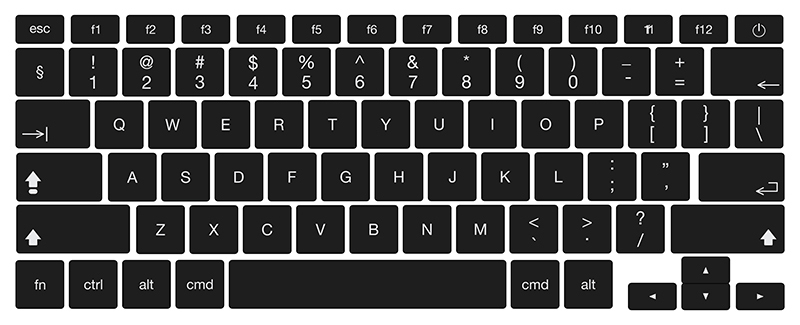
But since typewriters were once clunky devices with metal arms, expert typists would type too fast and inevitably jam the keys over overly-quick usage. As a result of this, keyboard manufacturers decided to randomize the order of keys, thus slowing down the typists and giving each letter a little ‘break’. By now, the world is far too used to the order of the letters, so it doesn’t look like we’re planning on going back anytime soon.
The Second Hole On a Jerrycan
If you’ve ever had to fill up a gas can for a lawn mower, or any other machine for that matter, you might have noticed that the jerrycan has two holes with caps on them. So what is that second, smaller hole for?
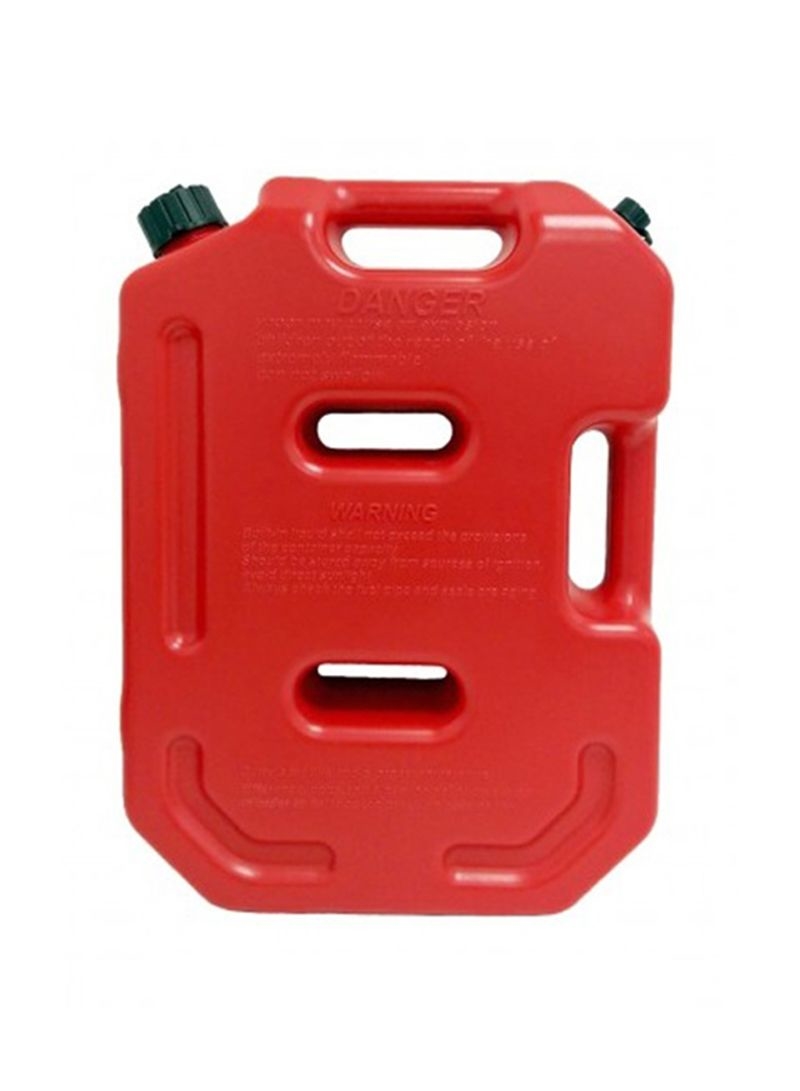
The second hole is actually there for safety. You’re meant to remove the cap before pouring the gas in order to prevent “glugging”, which would cause an unnecessary waste of fuel and extremely flammable clothes if it spilled.
The Dent On a Milk Jug
As you’re probably well aware of by now, milk jugs usually have a dent on one of the sides. And while many people will just chuck it up to a design decision, there is a purpose to this dent.
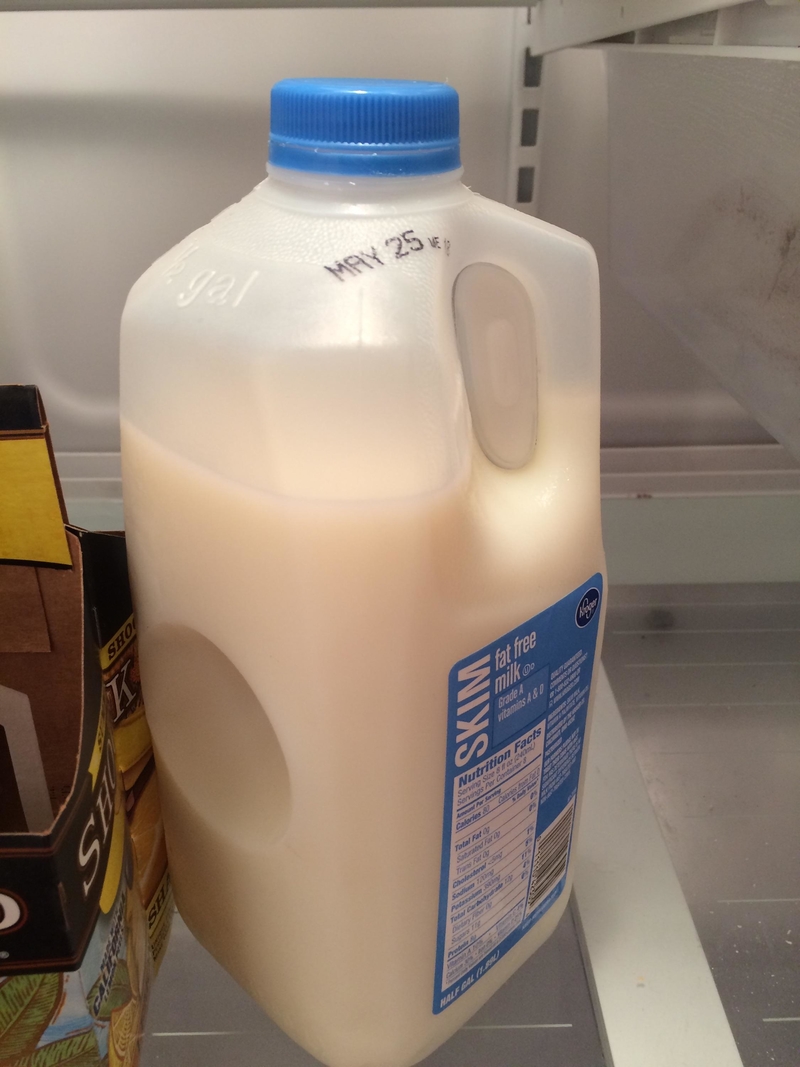
One of its purposes is to expand if there is a gas buildup, letting you know when the milk is spoiled. Another reason for this weird dent is to prevent the jug from exploding if it is dropped by mistake. The dent gives the jug expansion space that dissipates the sudden pressure that happens upon dropping the jug.
The Little Hole On Elevator Doors
If you ever thought that little hole on elevator doors was a secret spy camera, you’d be just like the rest of us. And just like the rest of us, you’d be wrong.

That little inconspicuous, odd hole on elevator doors is there in case the doors get stuck and need to be opened manually. It’s official, our days of thinking we’re being spied on by the elevator are over.
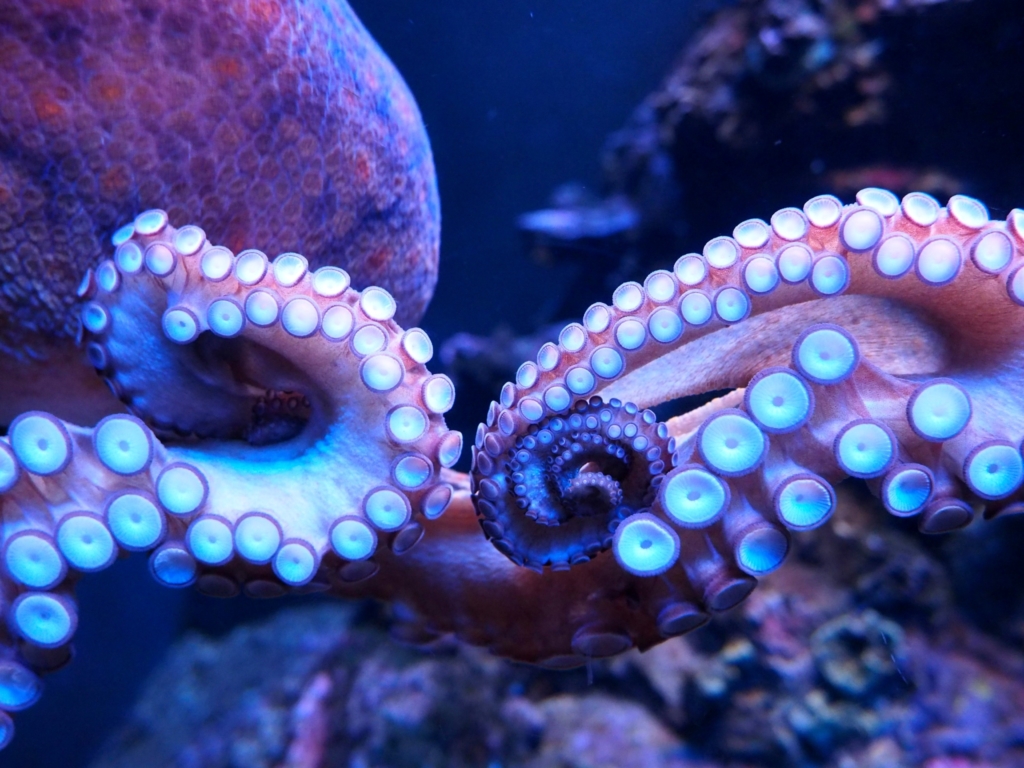
Dare to Dream: Why Octopuses Change Colors in Their Sleep
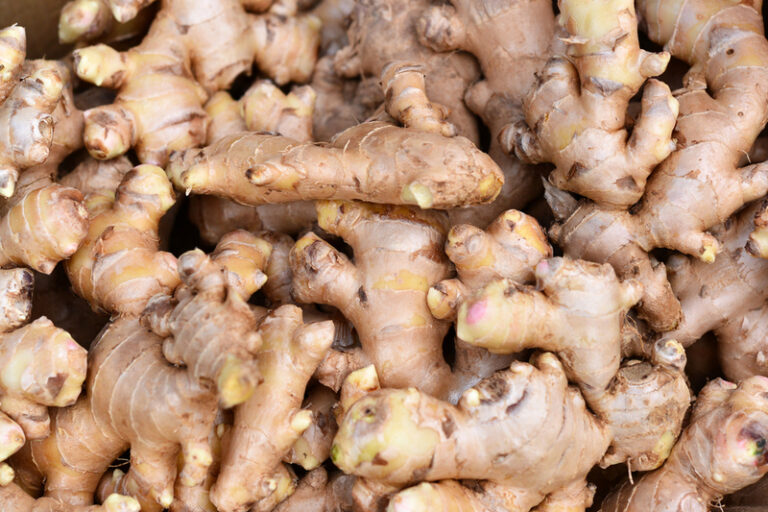
The Amazing Health Benefits of Eating Ginger
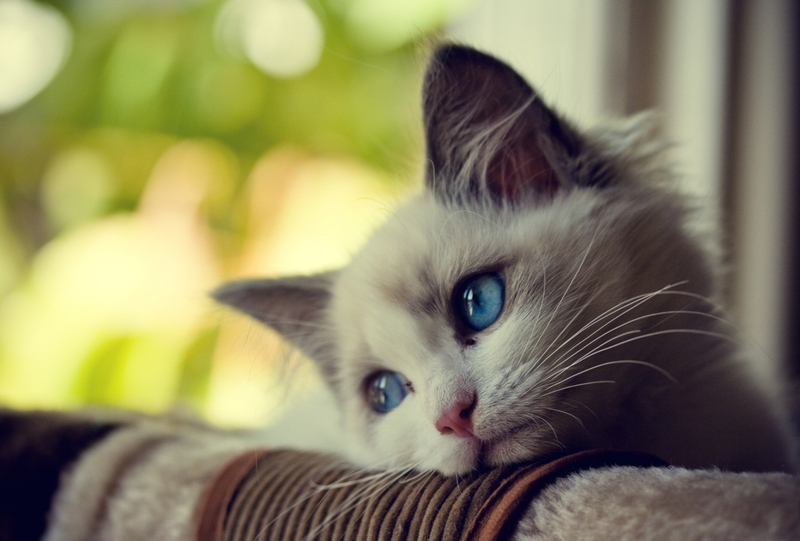
Helping Your Cat Handle Holidays

The 40 Wealthiest Universities in the United States
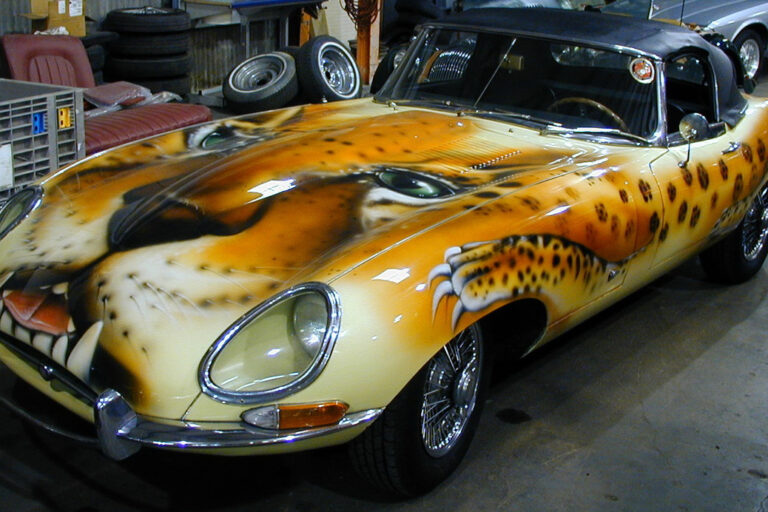
Cringe Worthy Car Trends That Have Got To Go
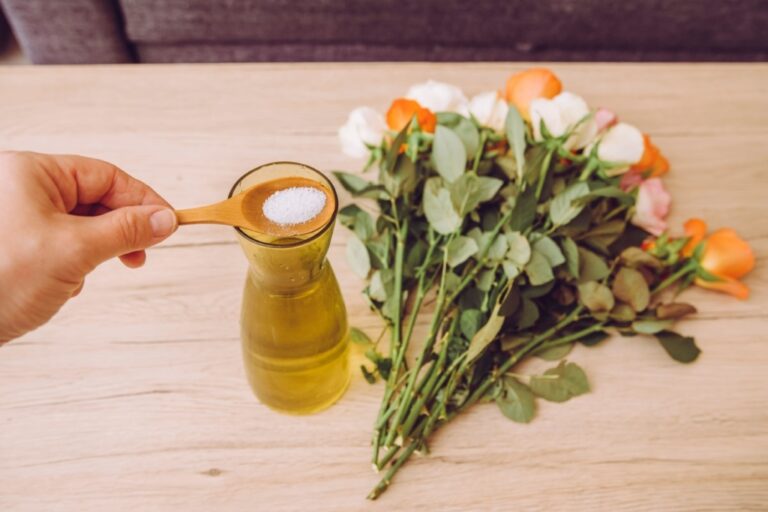
Unexpected Salt Hacks You Need To Know

“Sorry, I thought I Was a Shark” and Other Funny Things People Said Under Anesthesia

More Astonishing Photographs Taken By Flying Drones

The Mystery Of Atlantis Finally Solved?

The Worst Schools in the U.S: You’ve Been Warned

